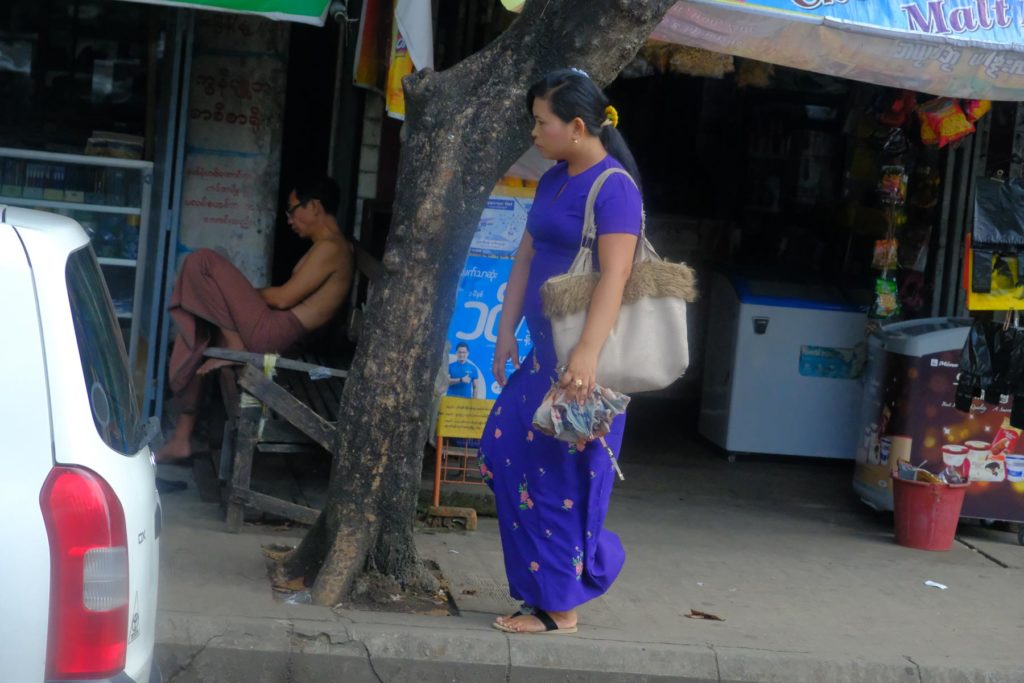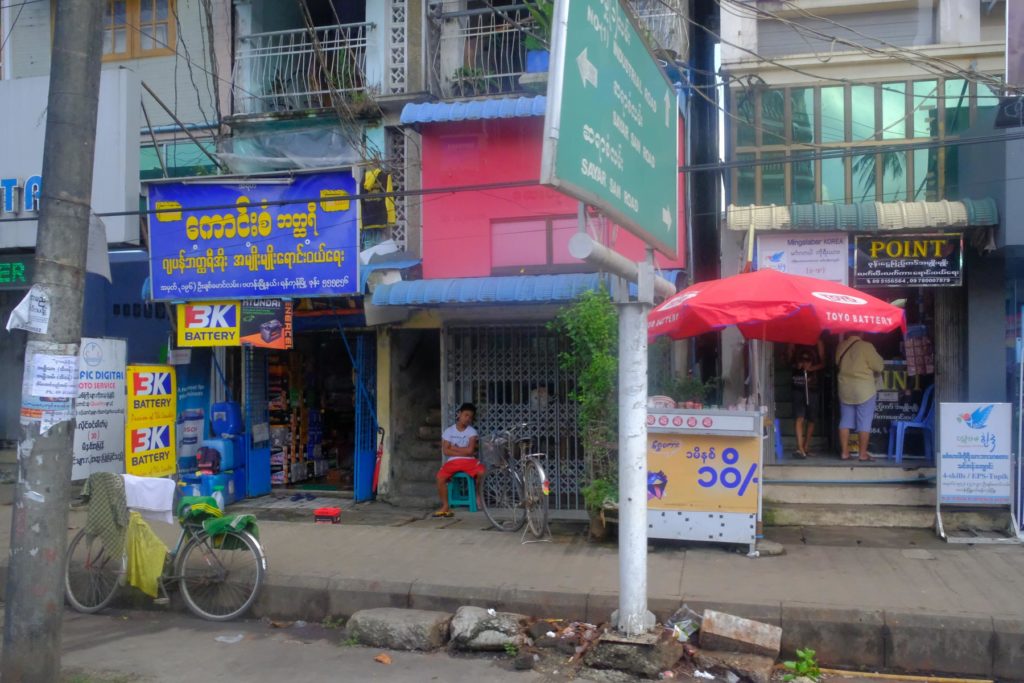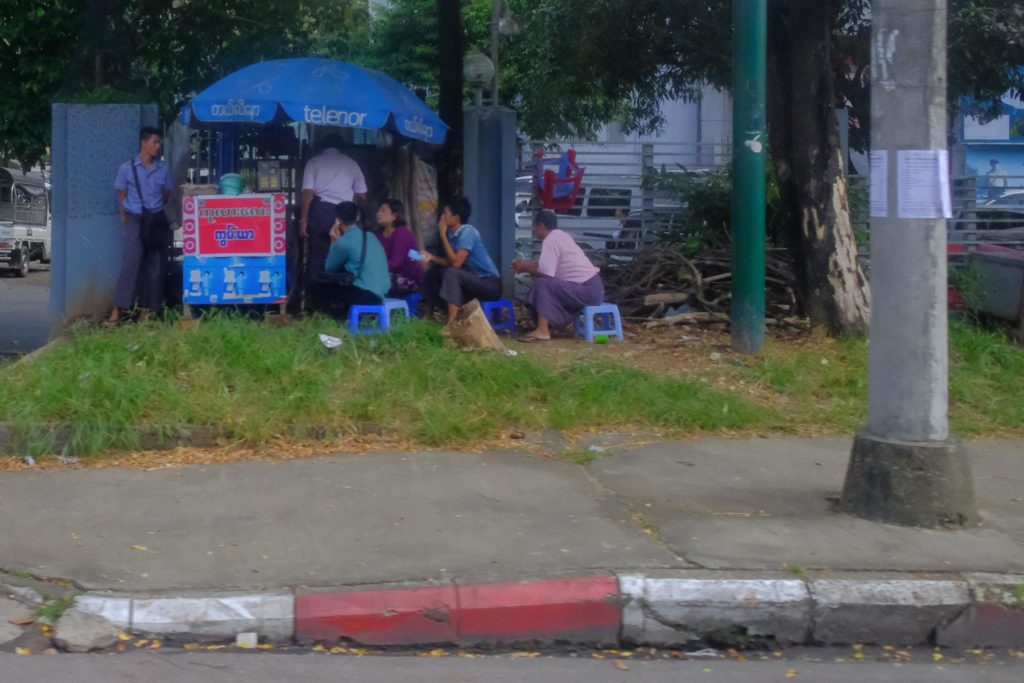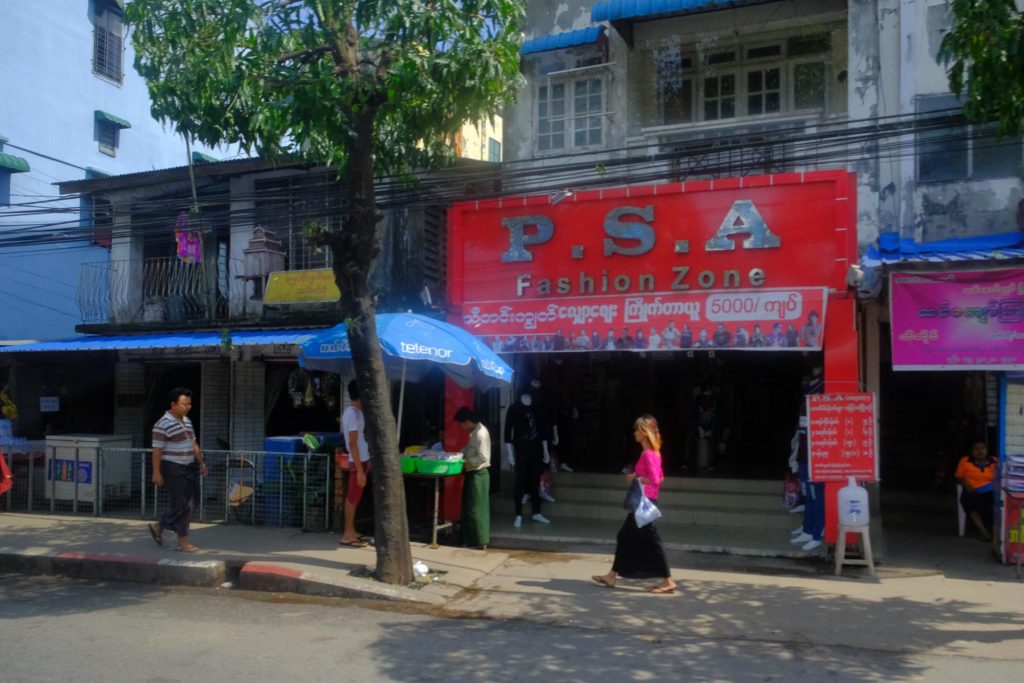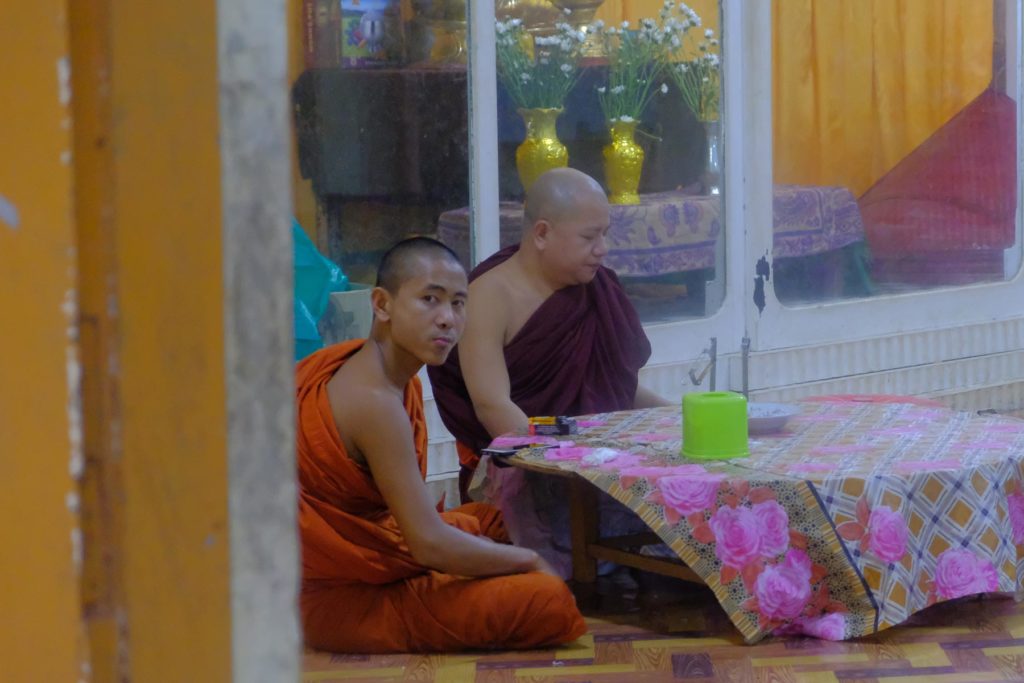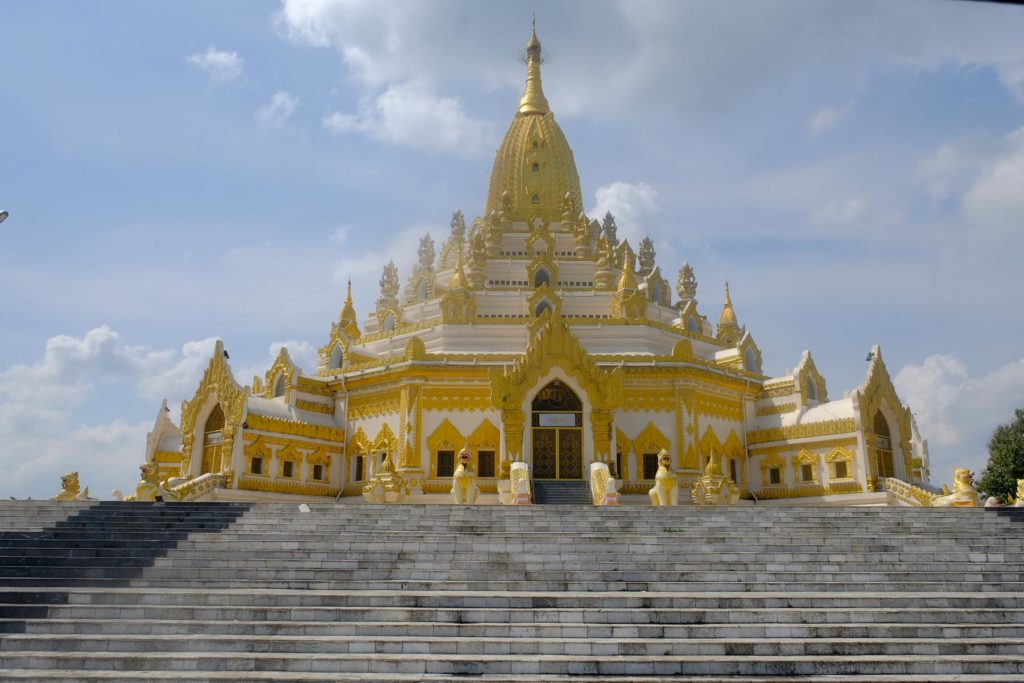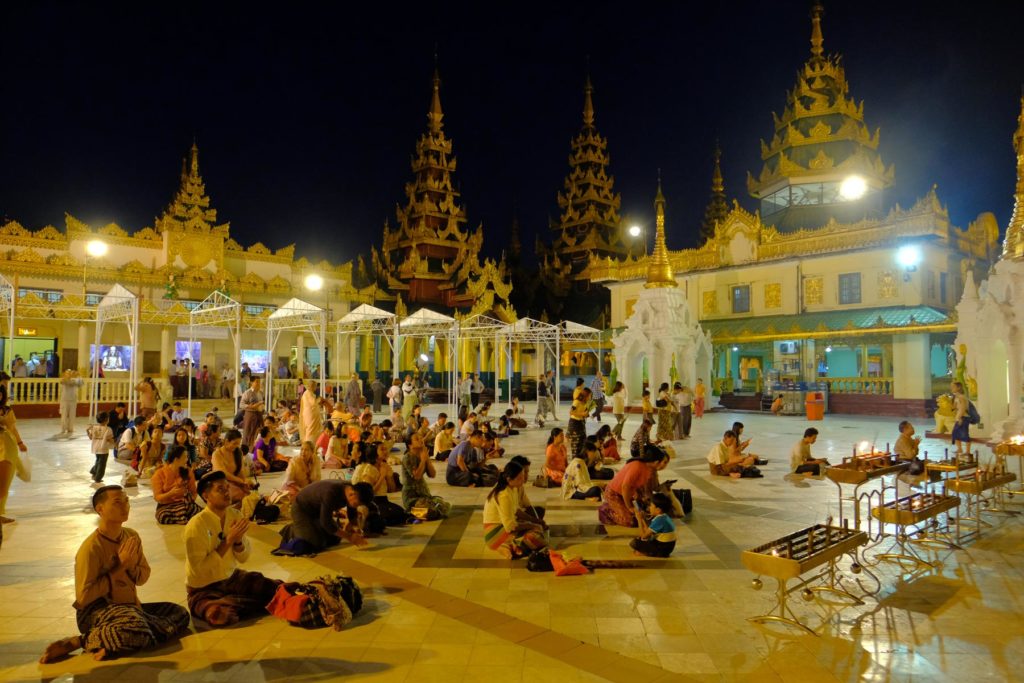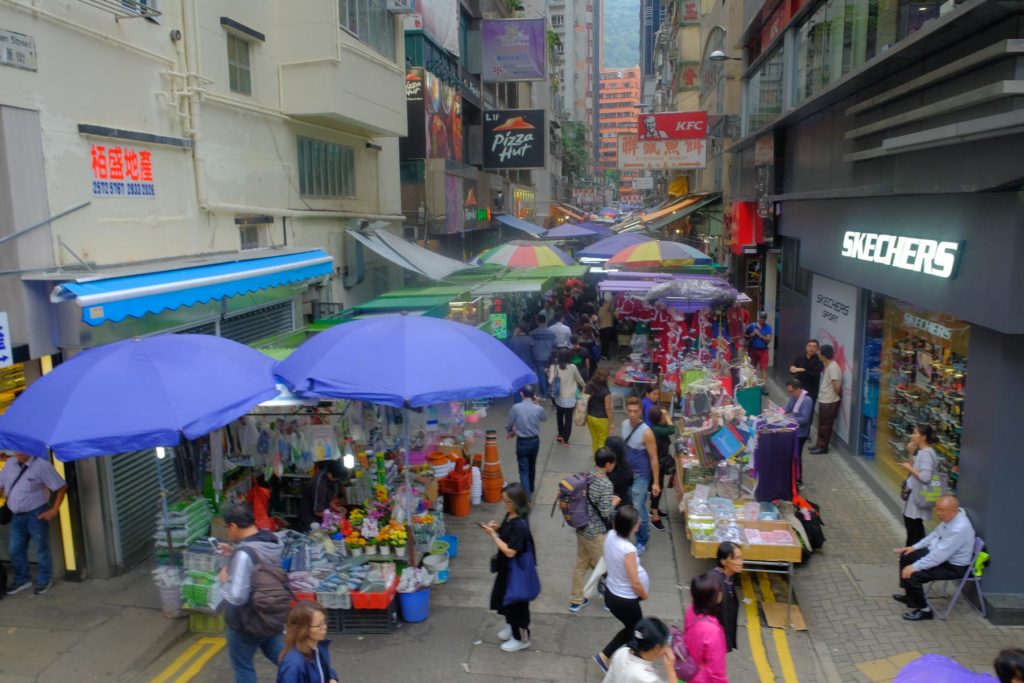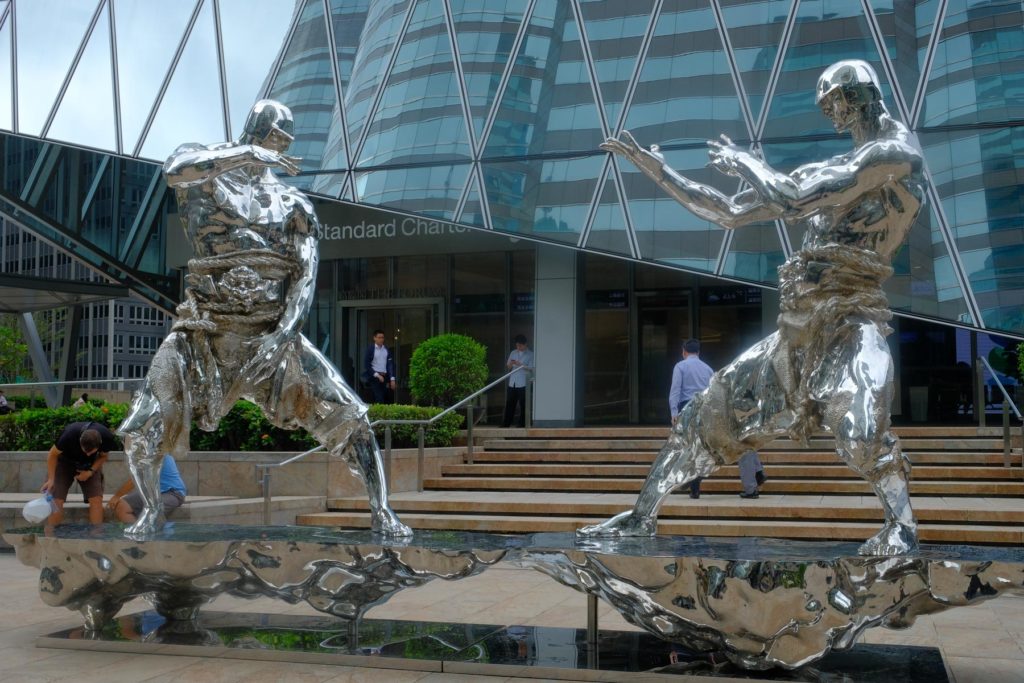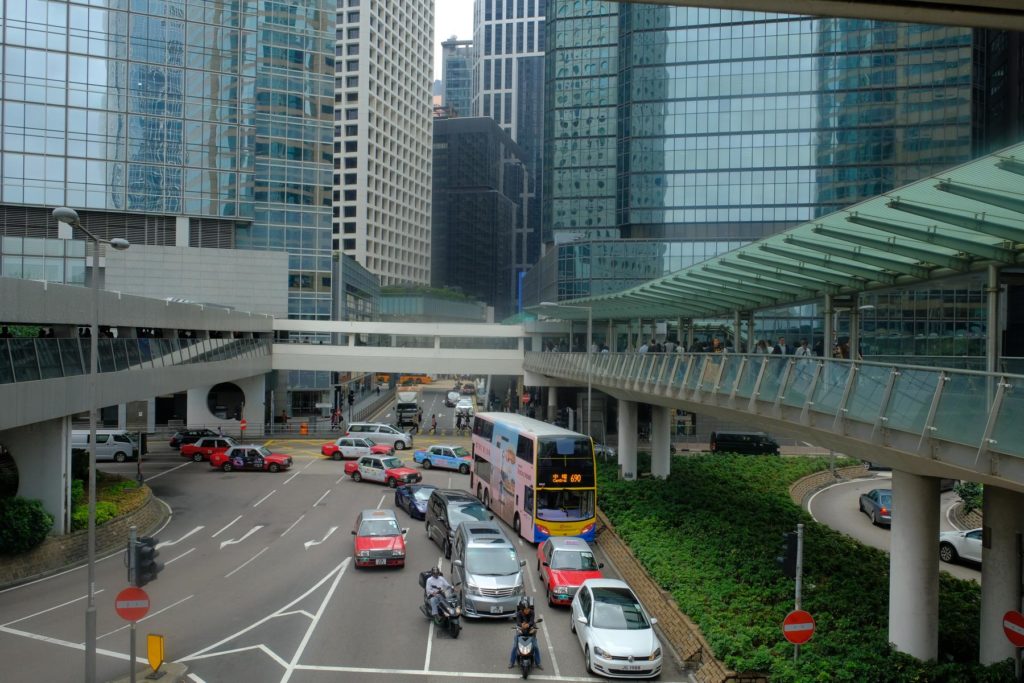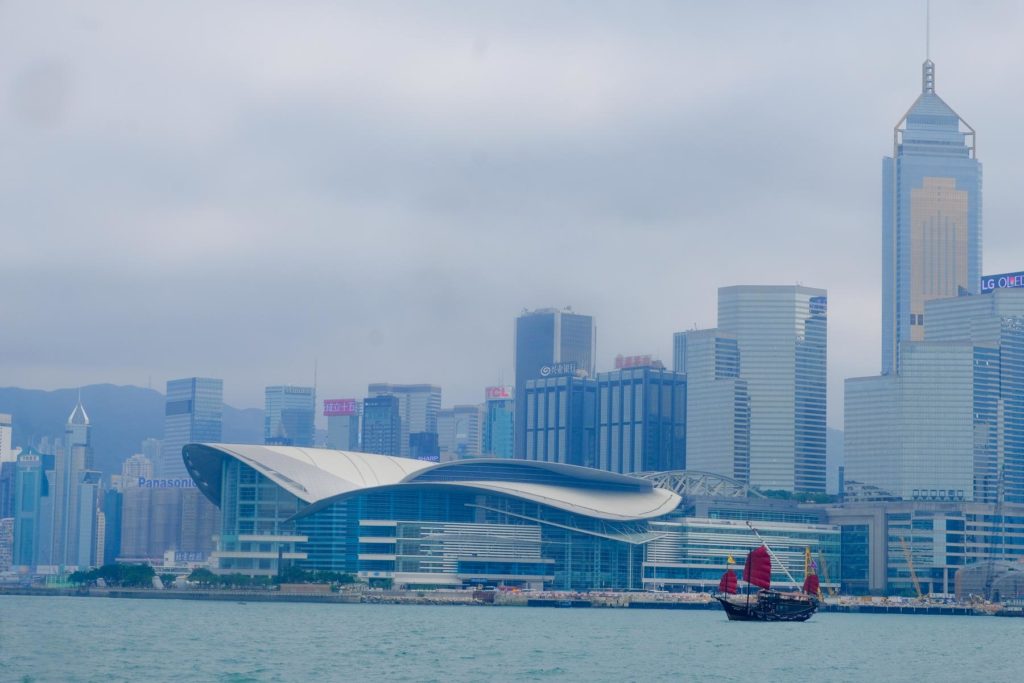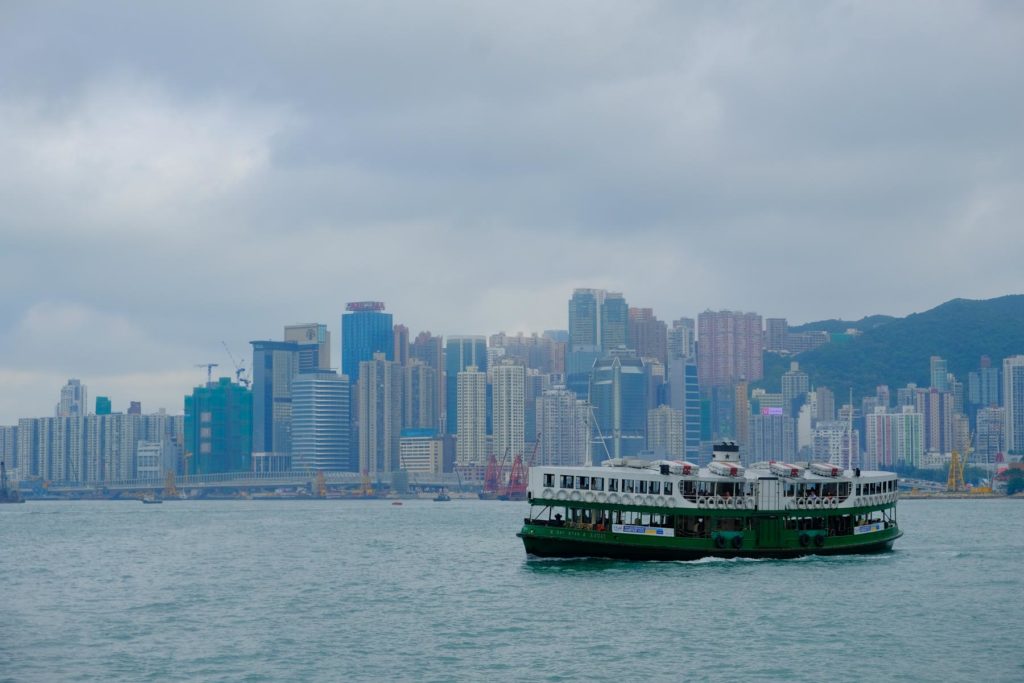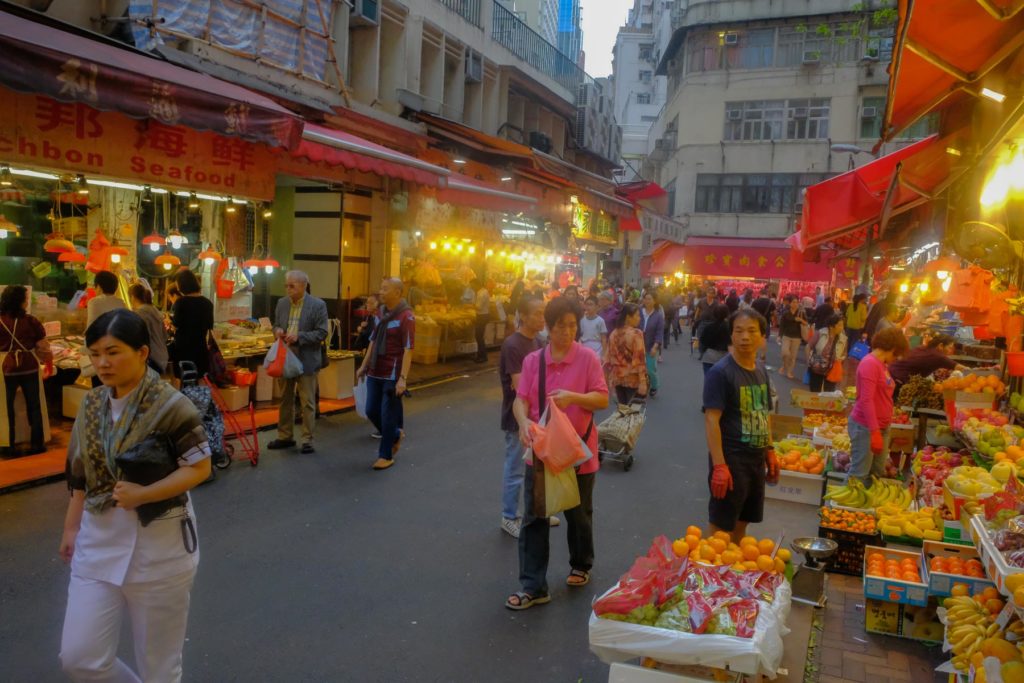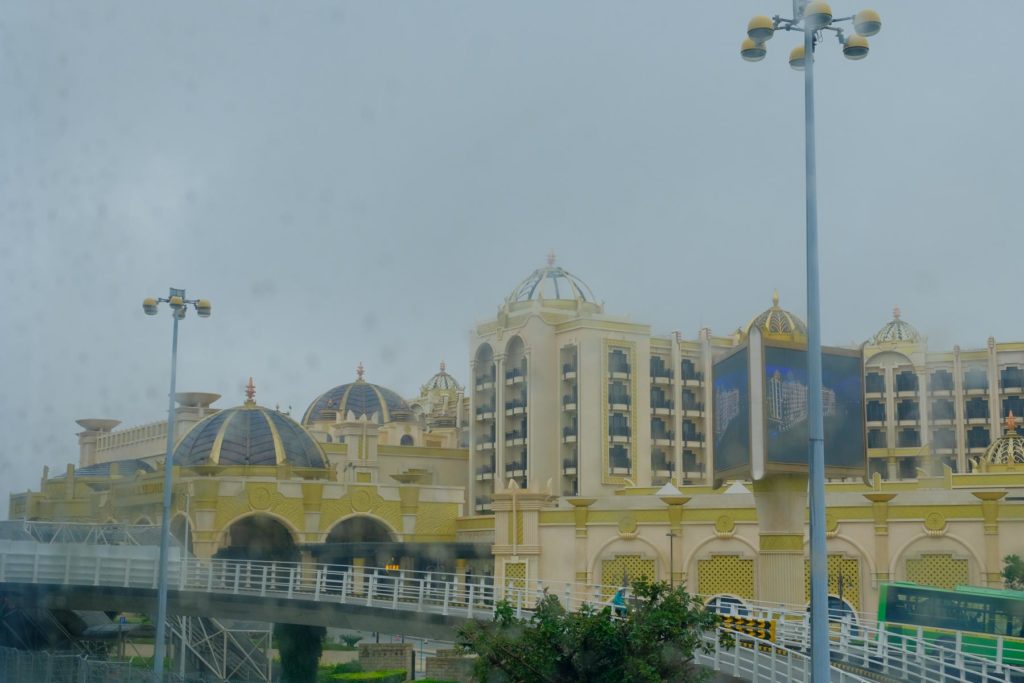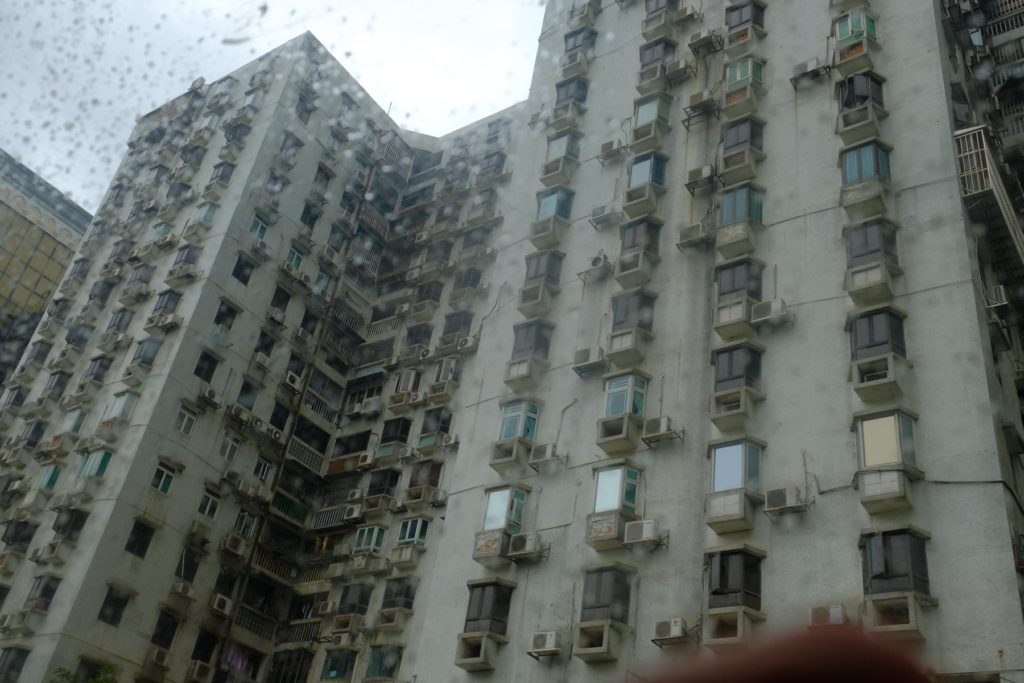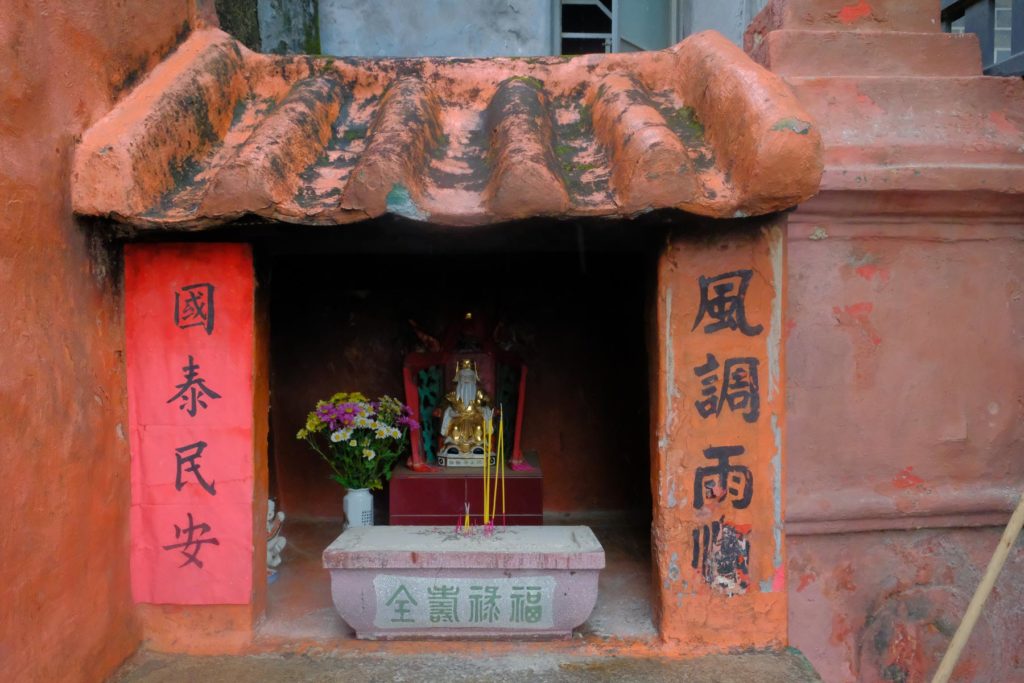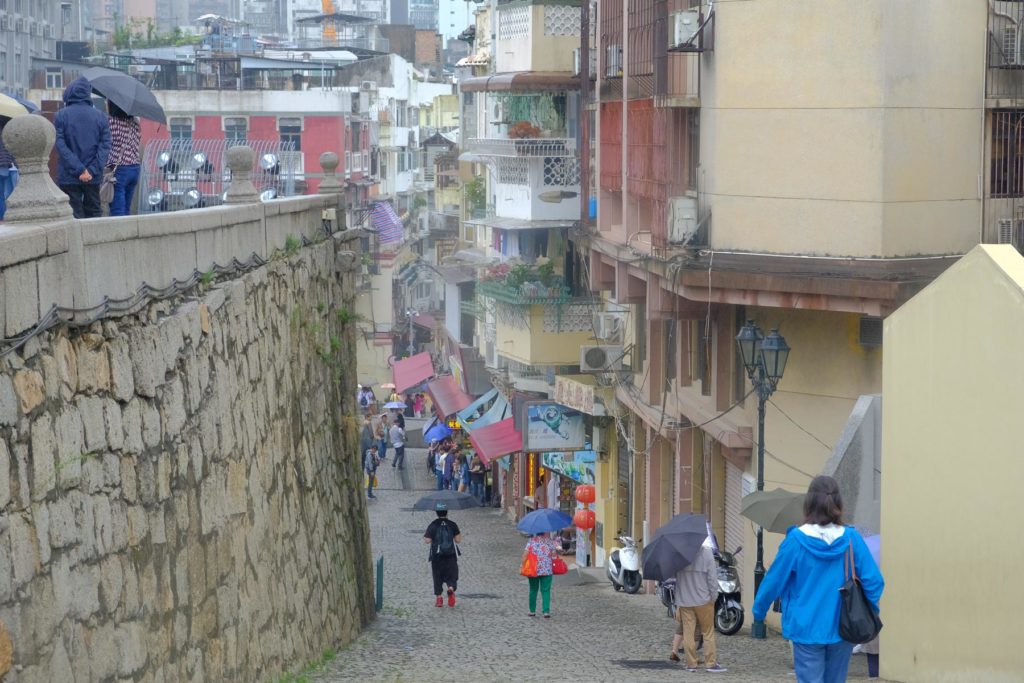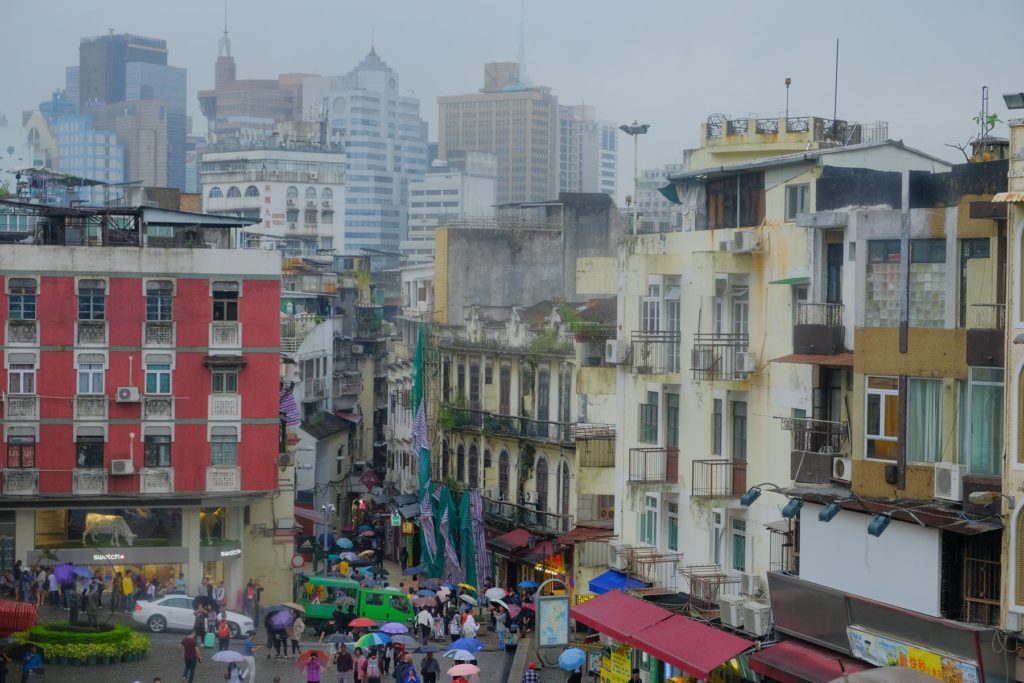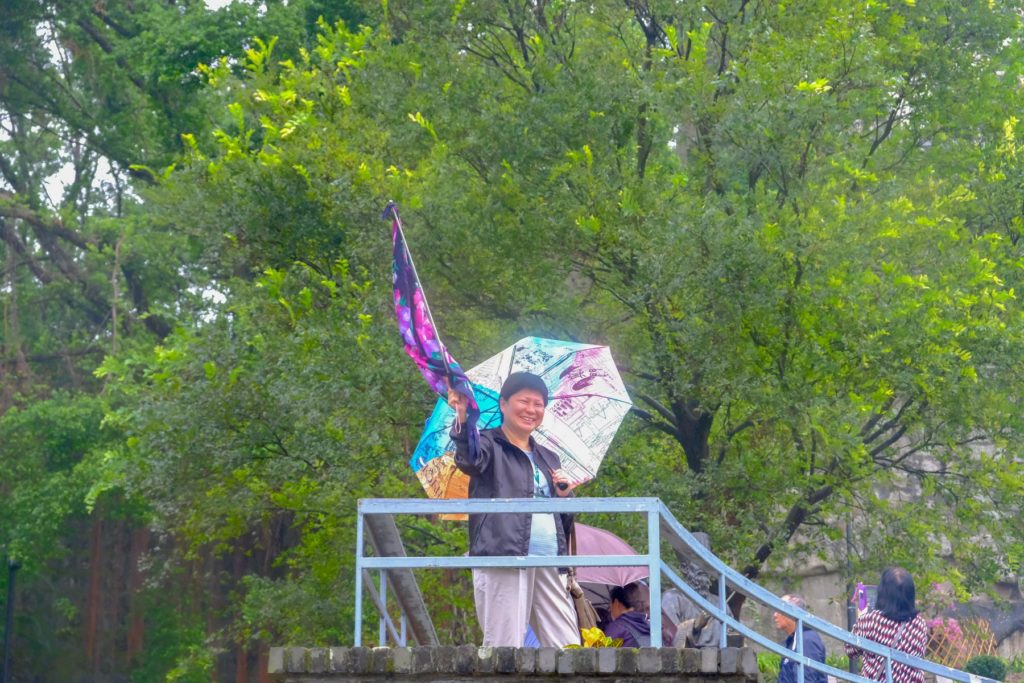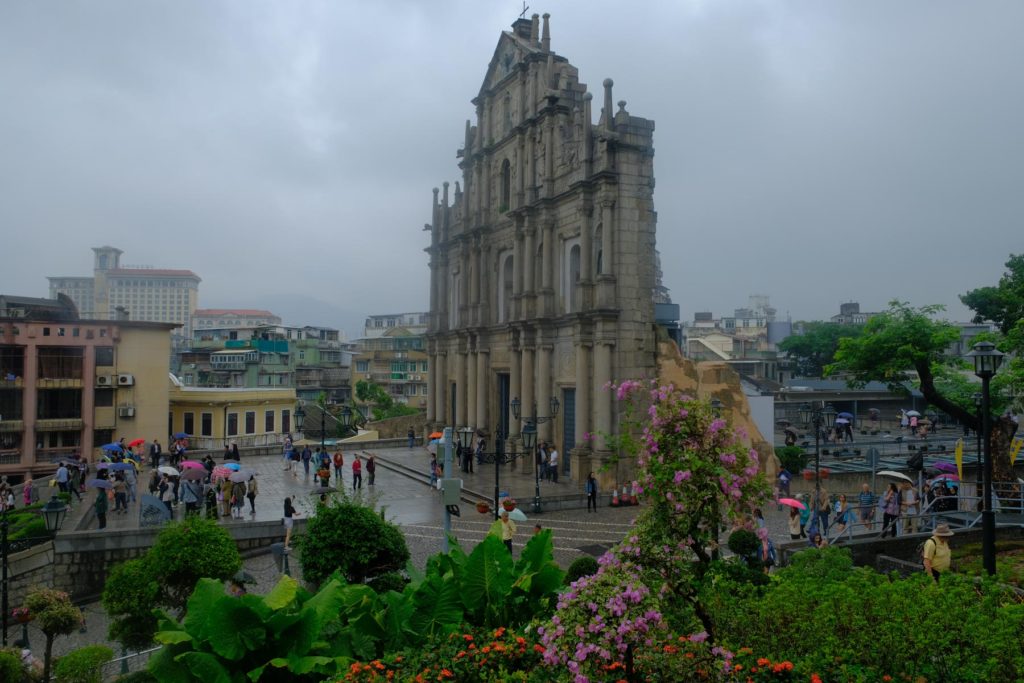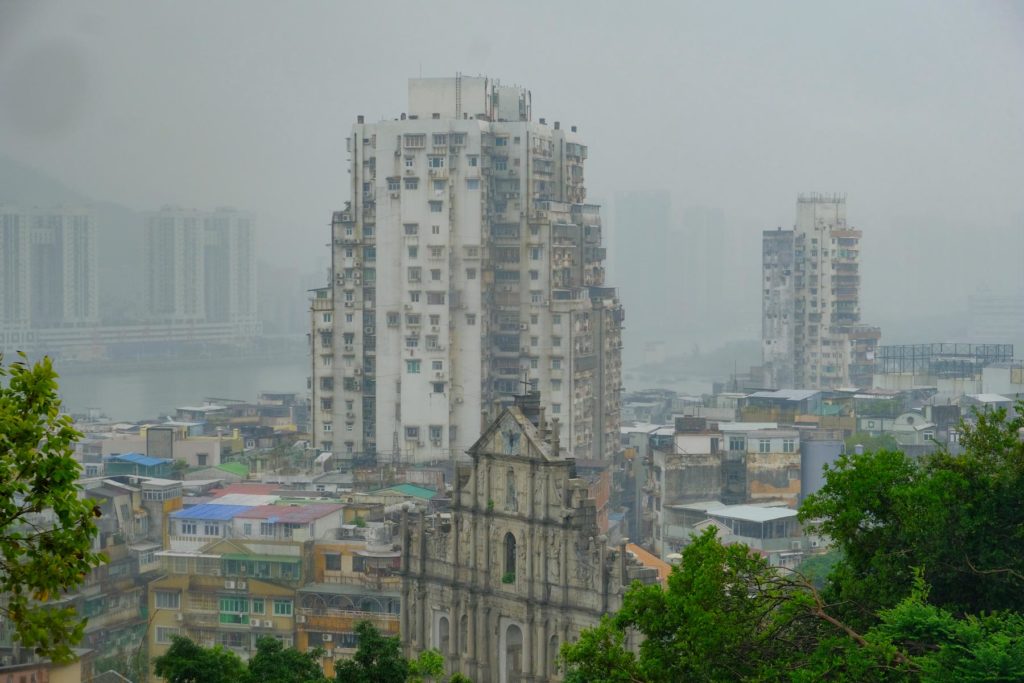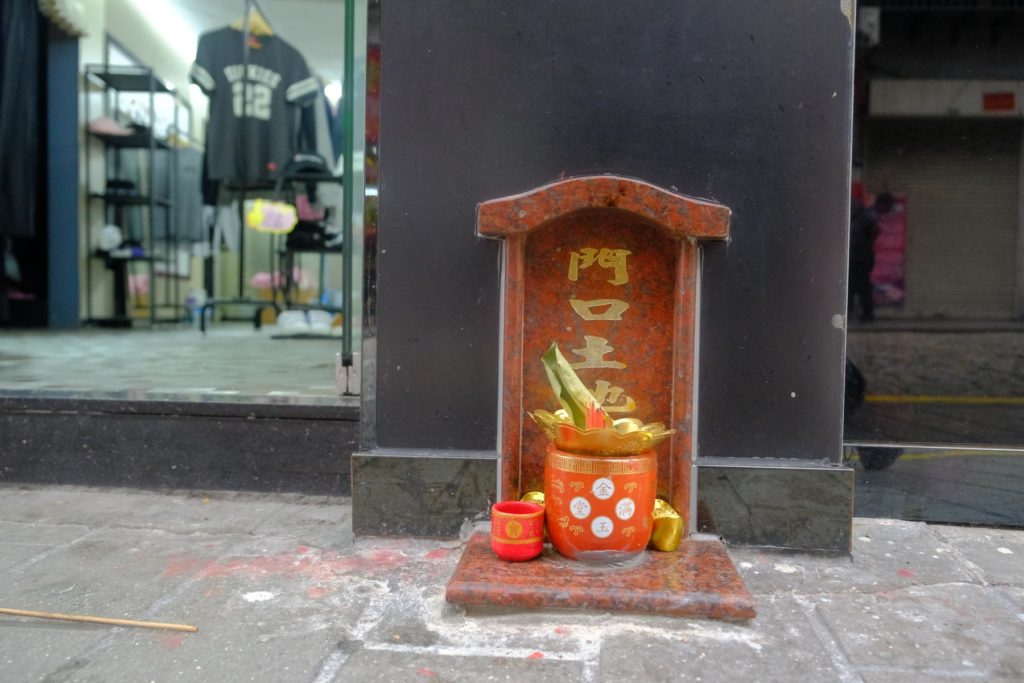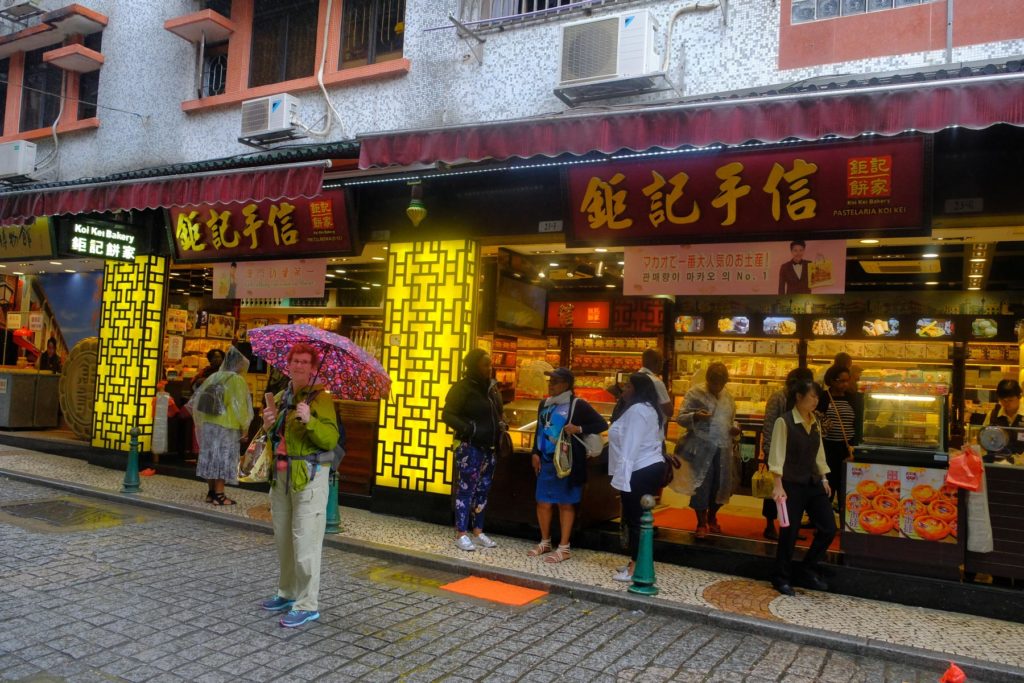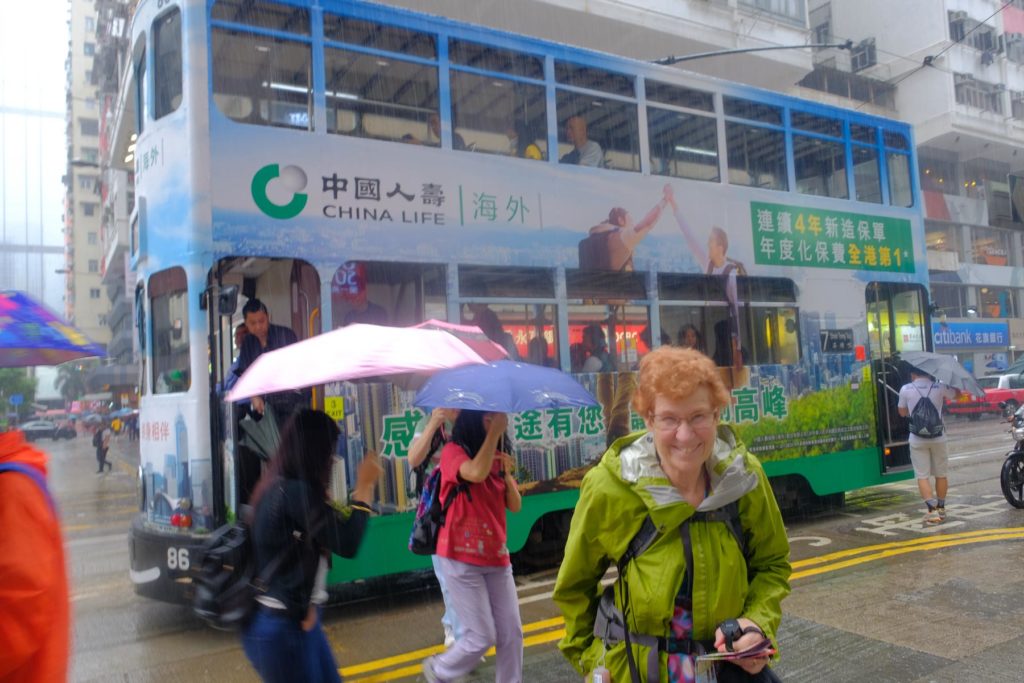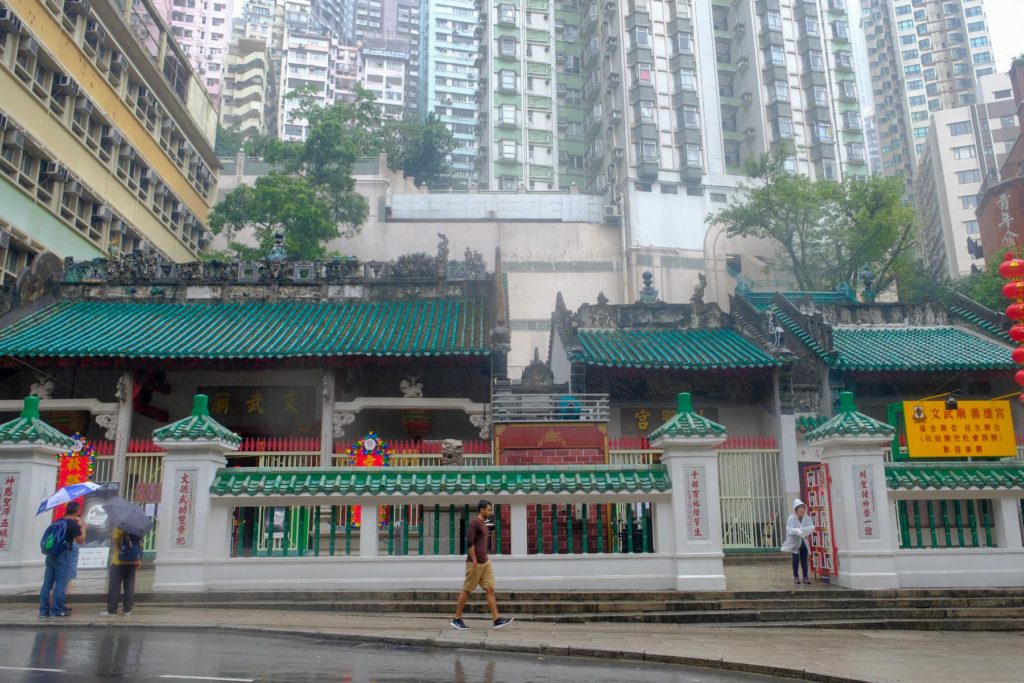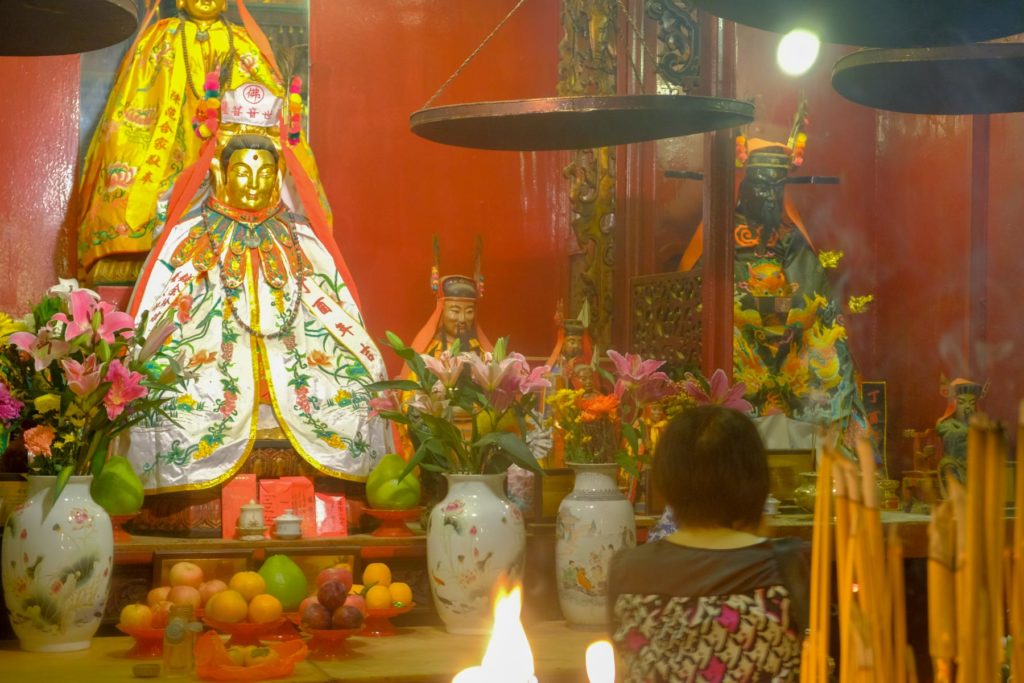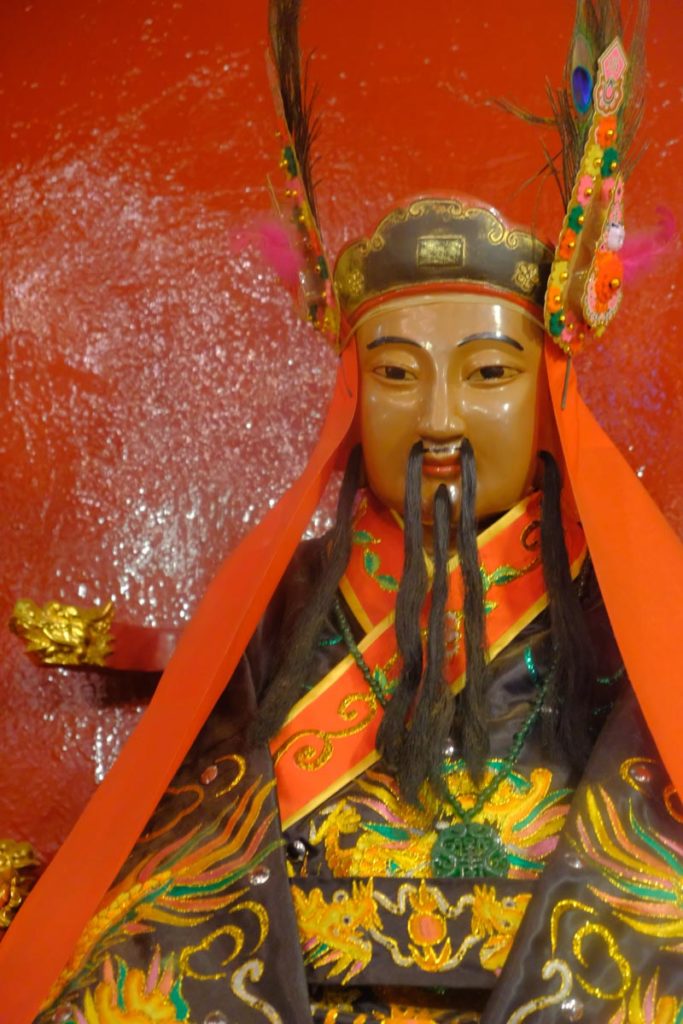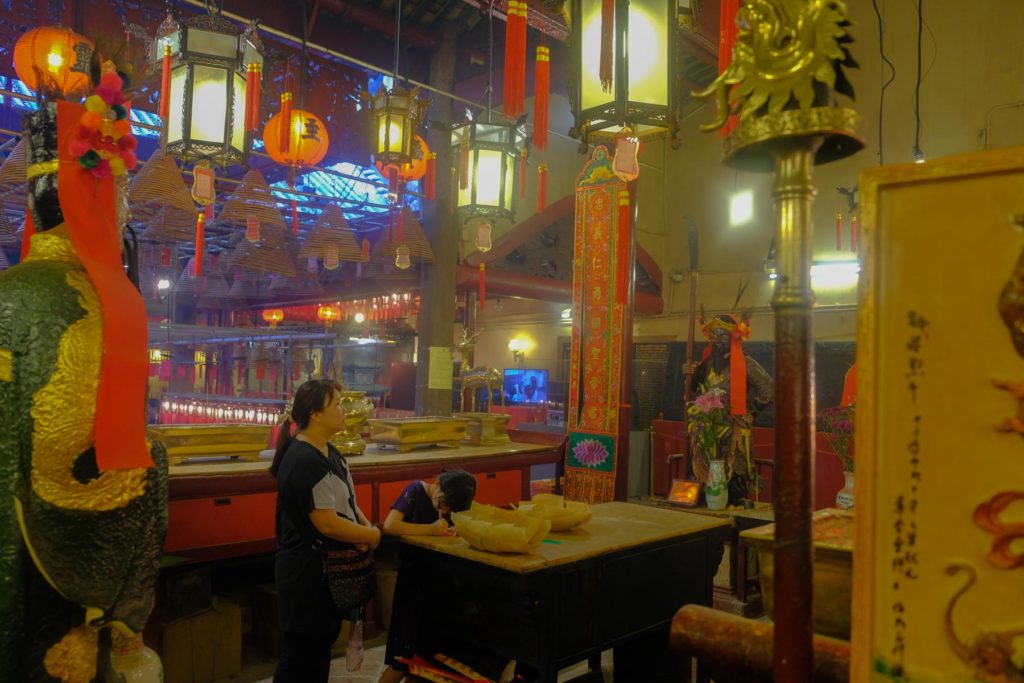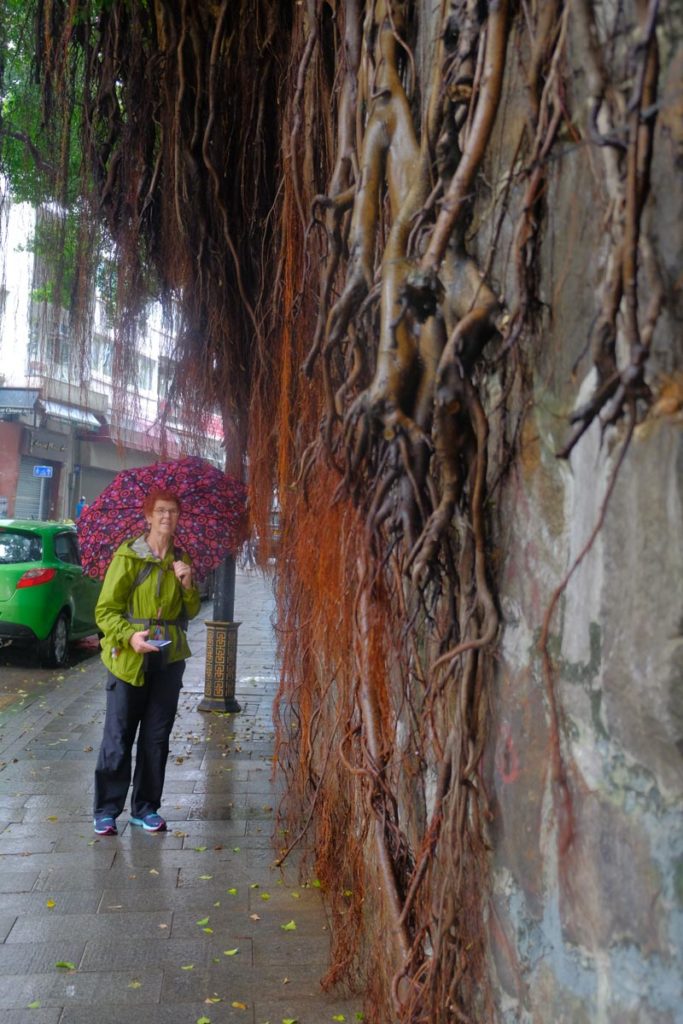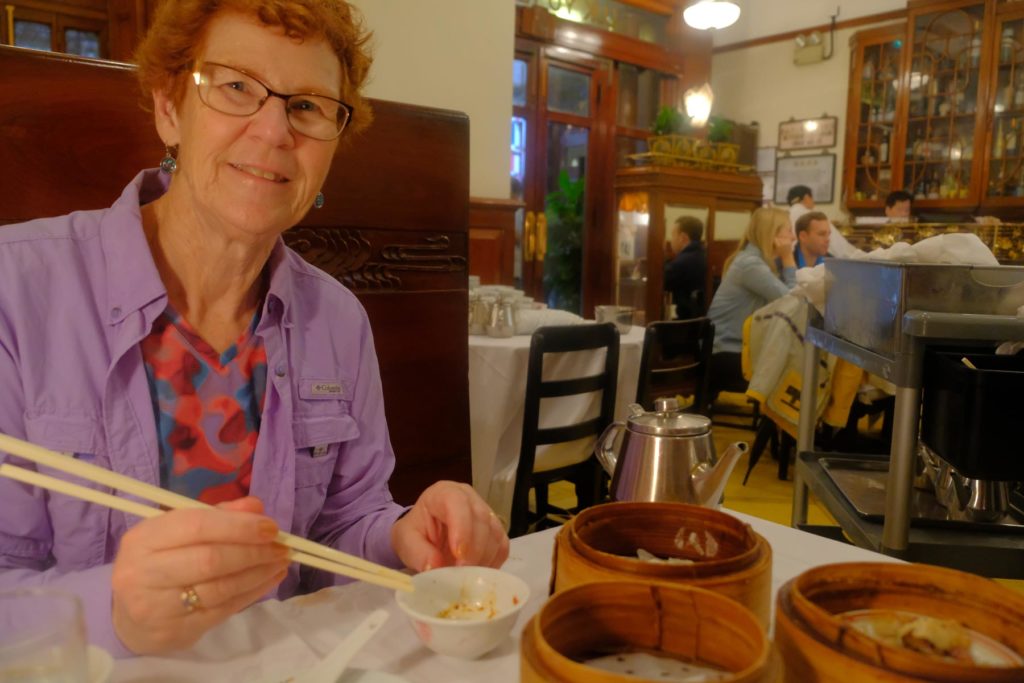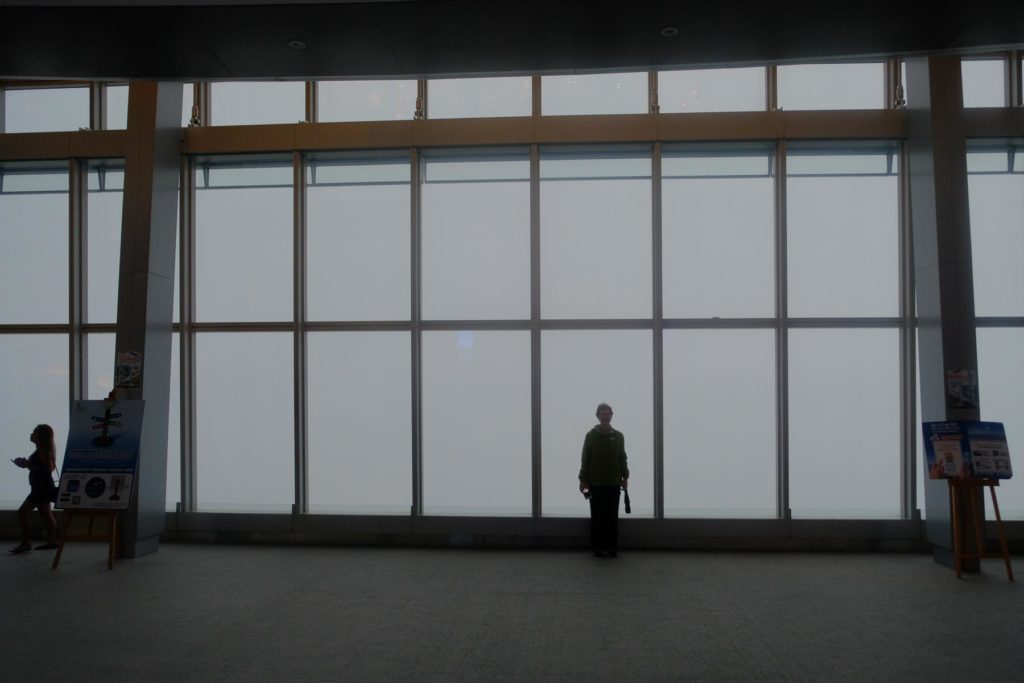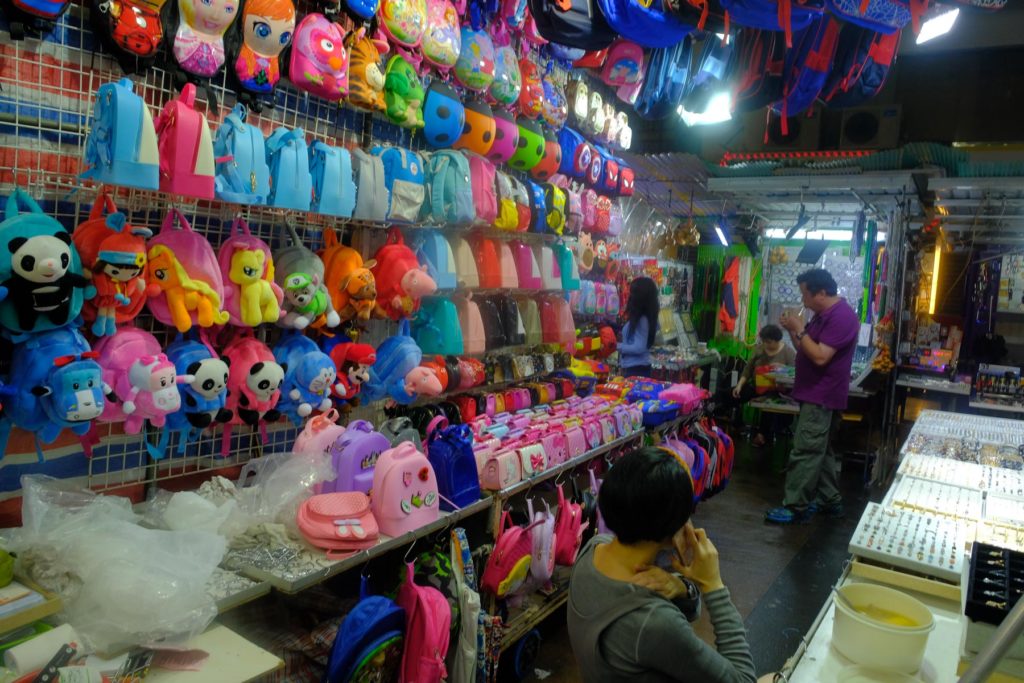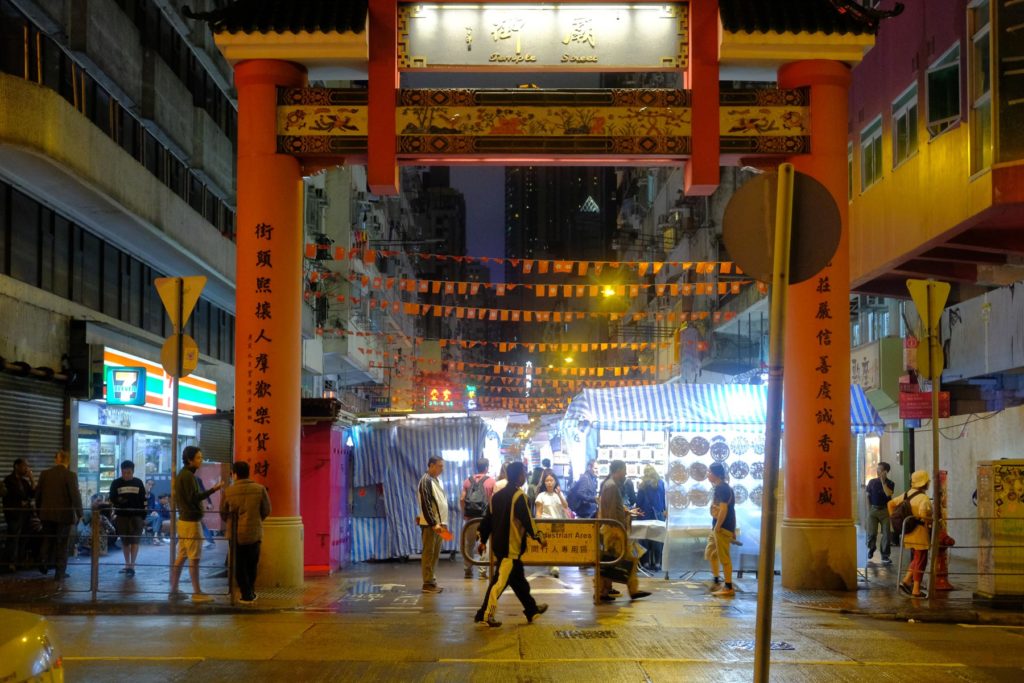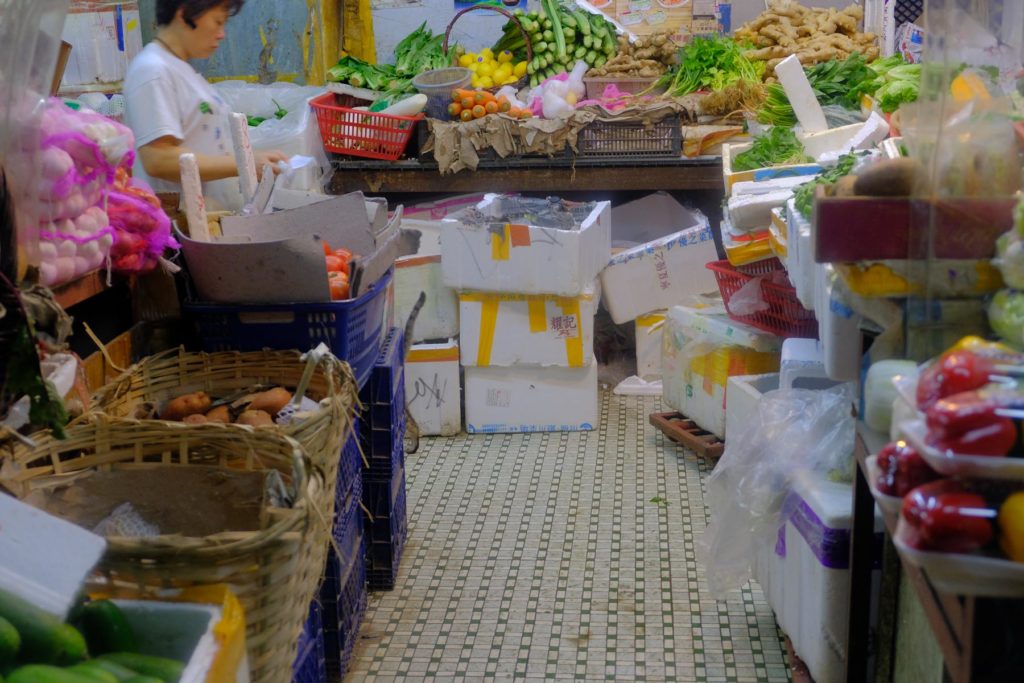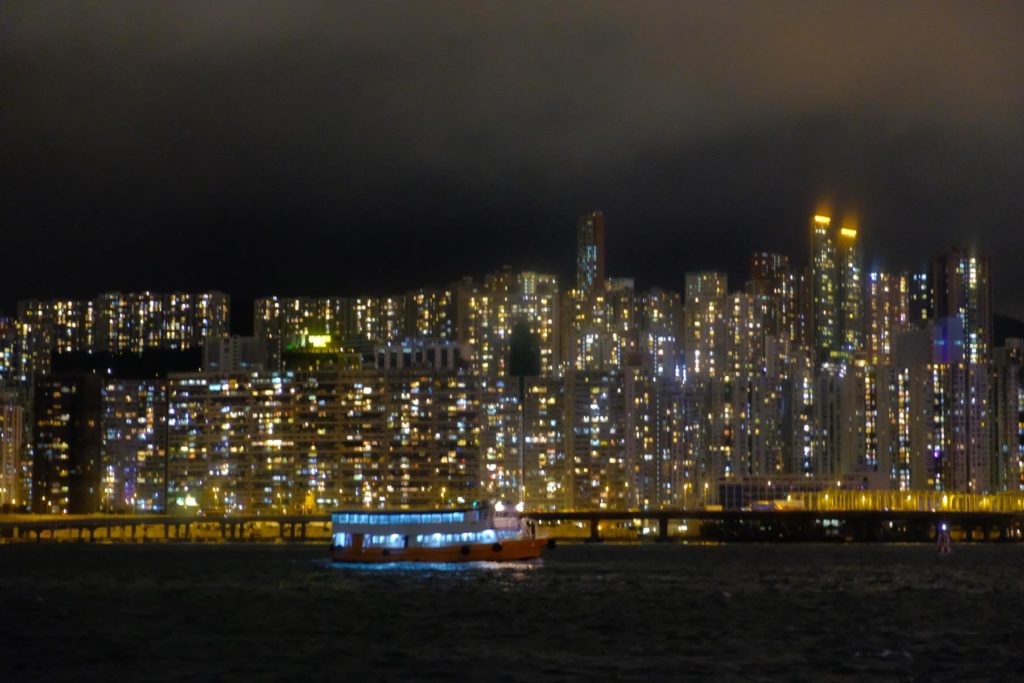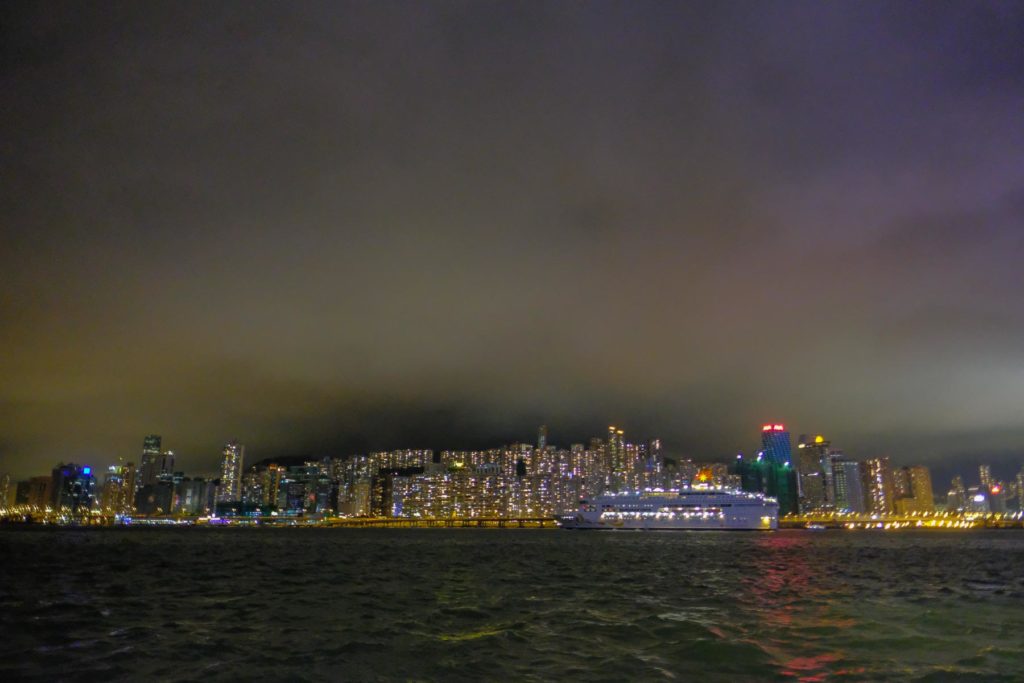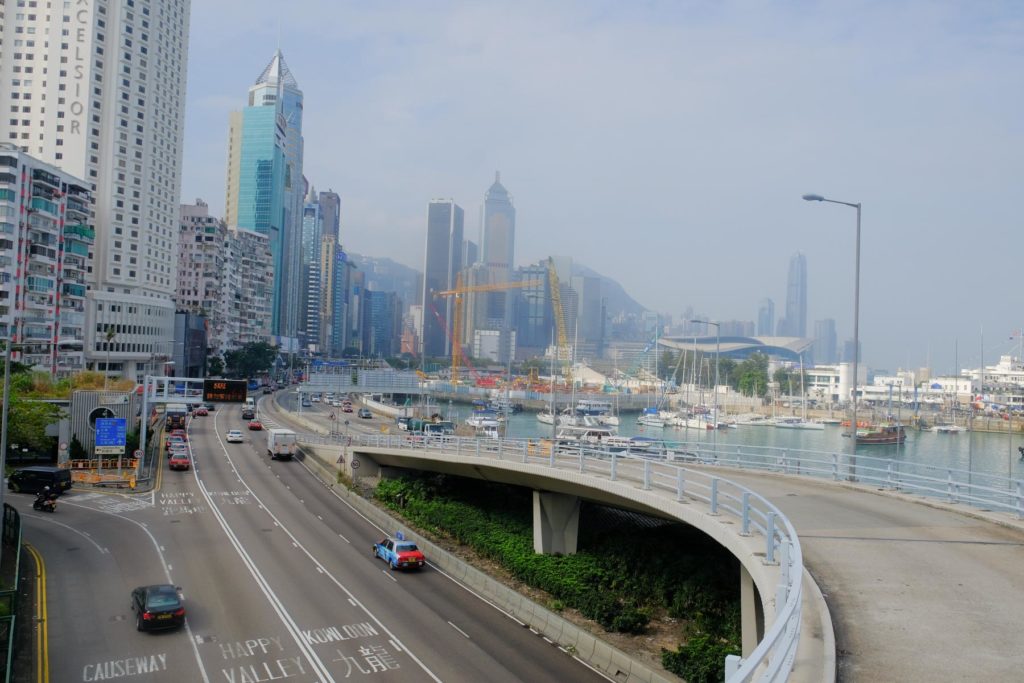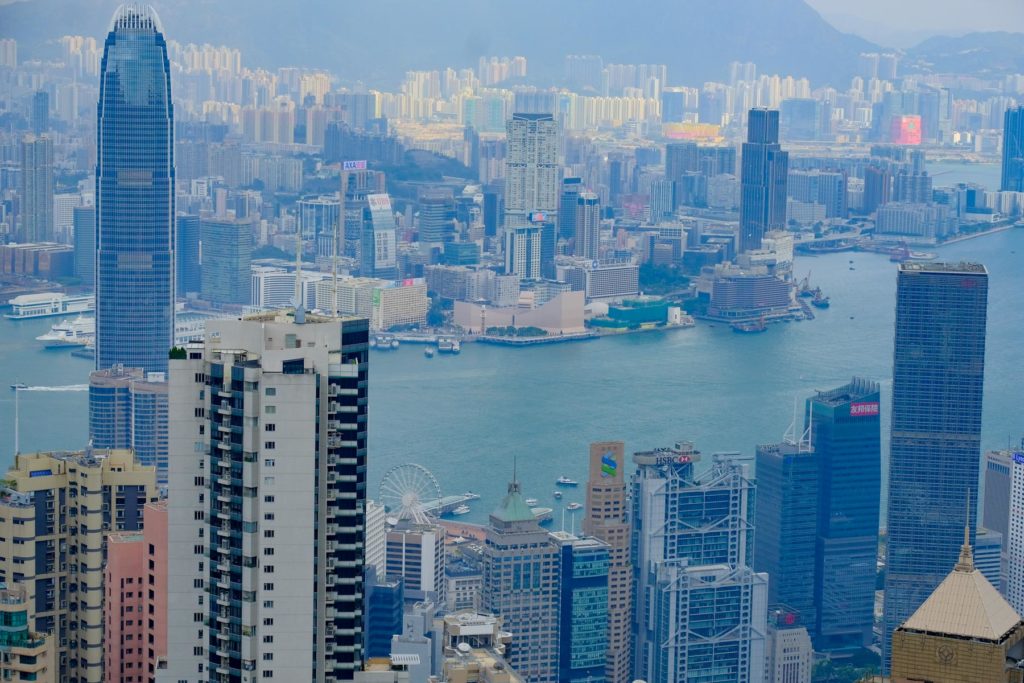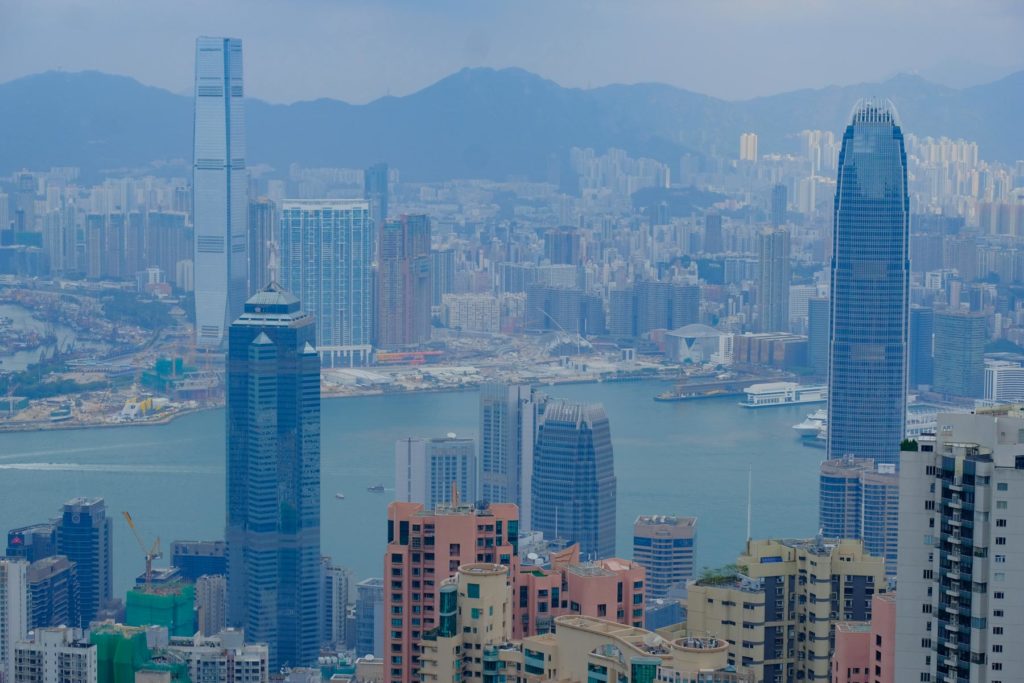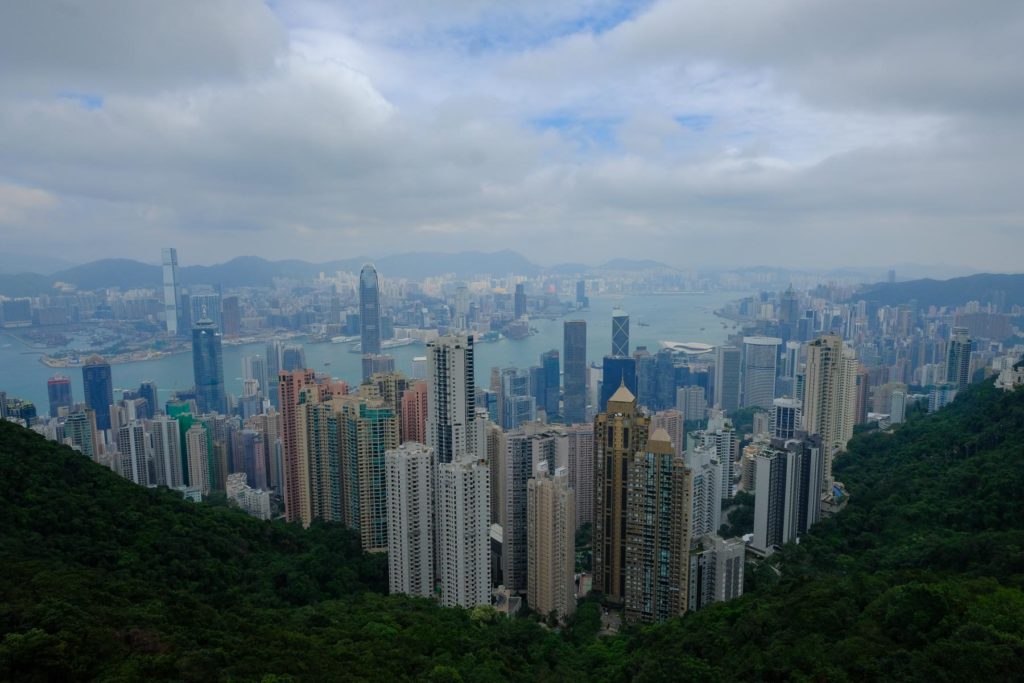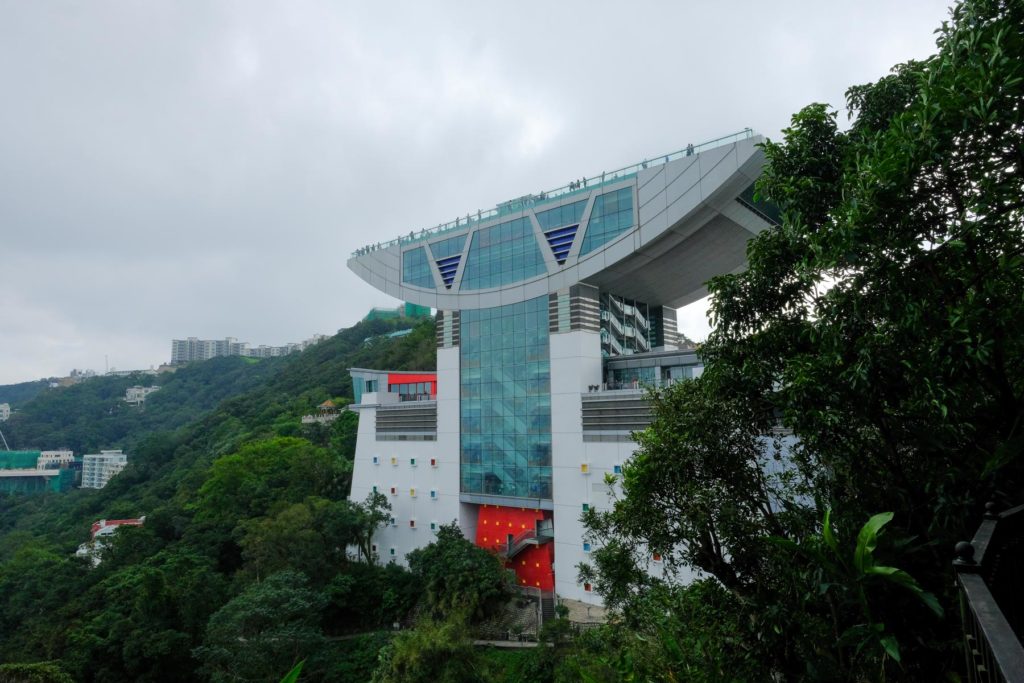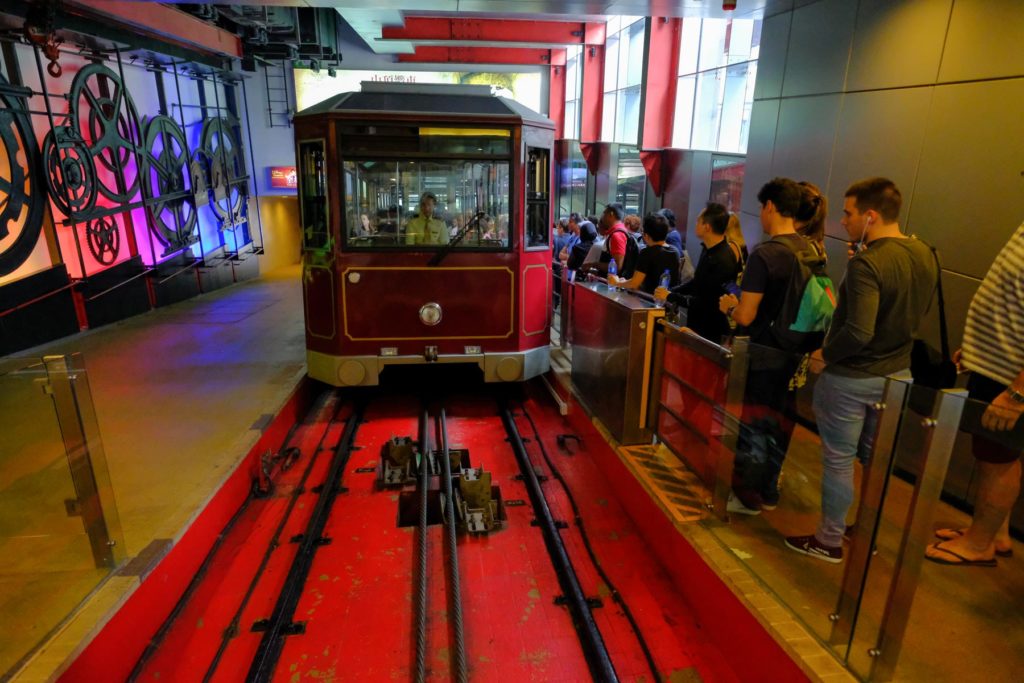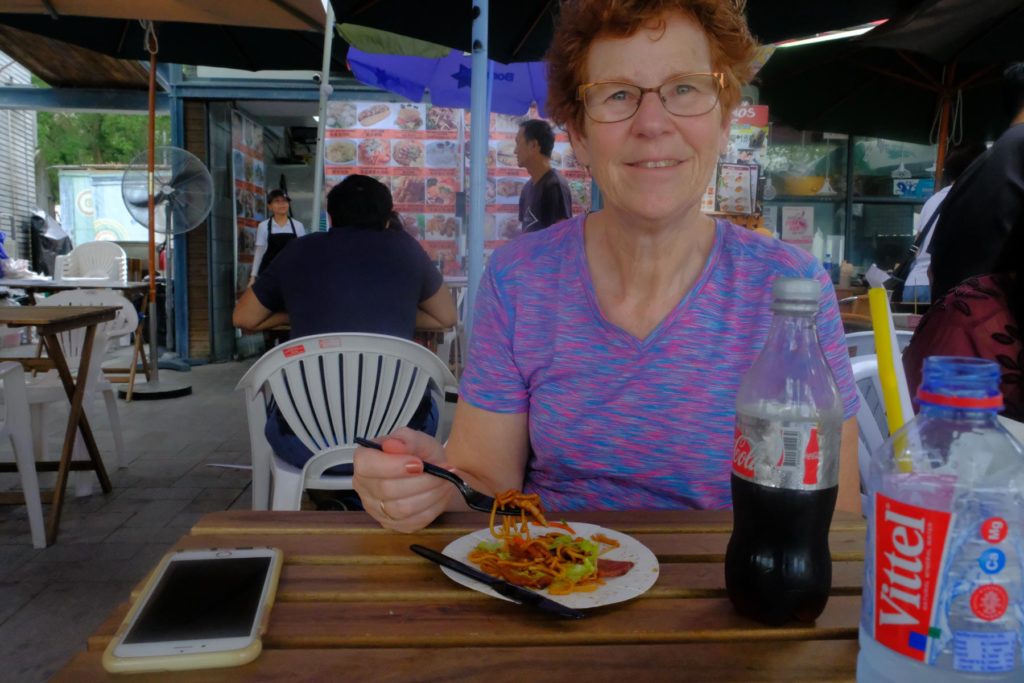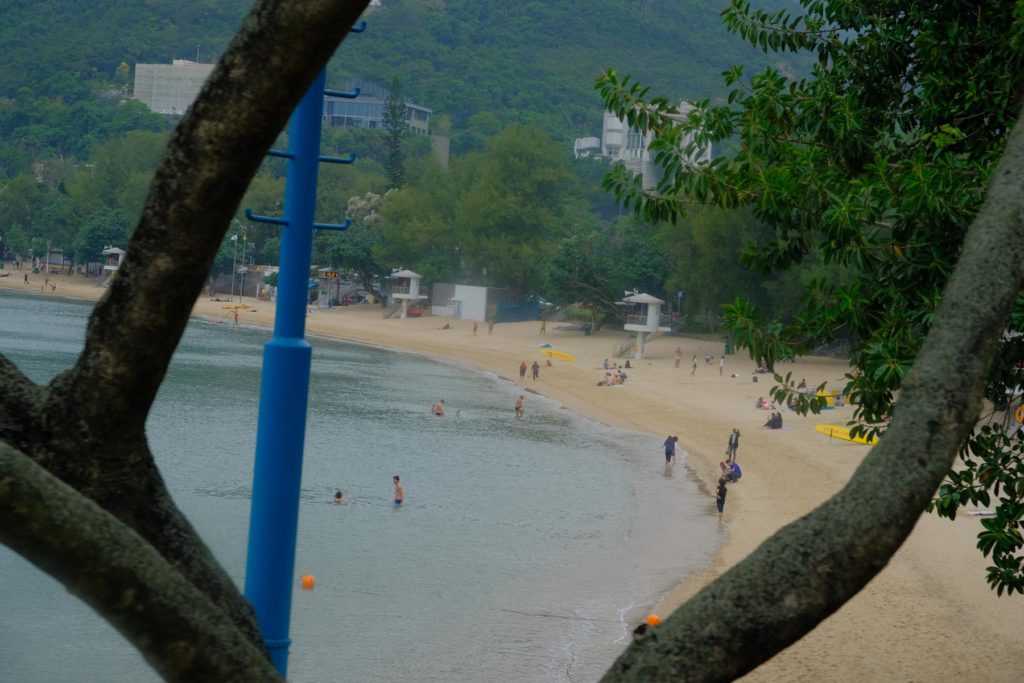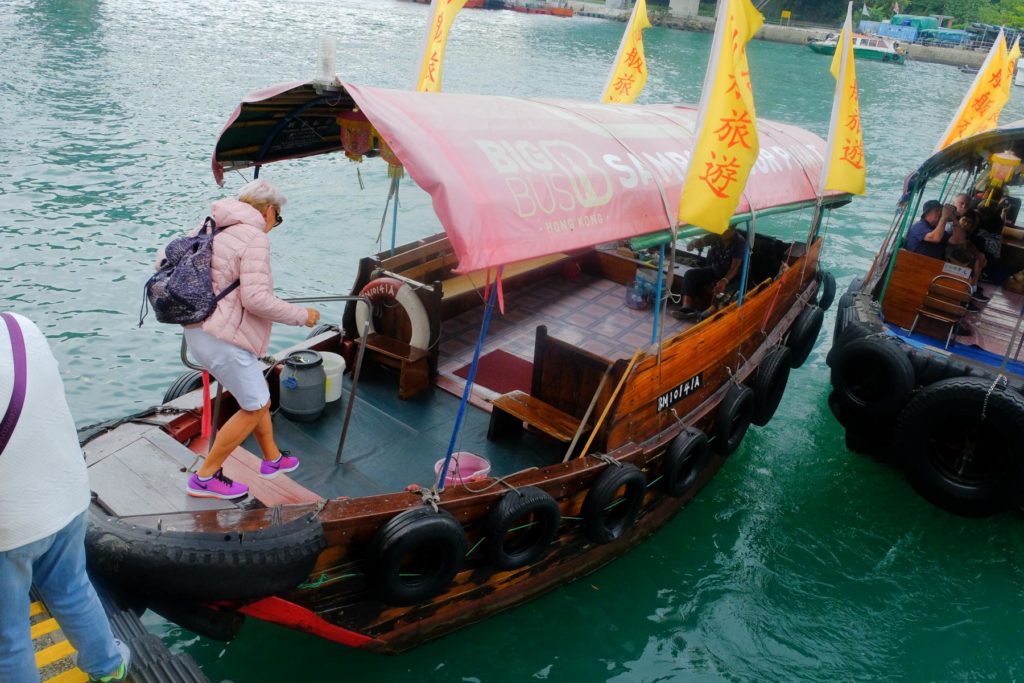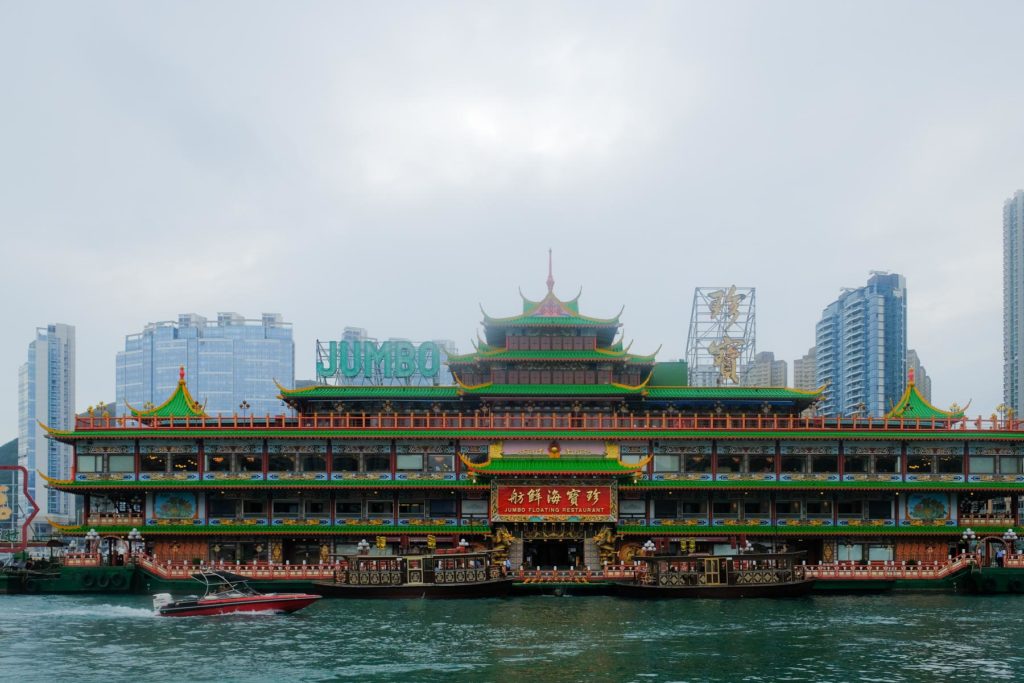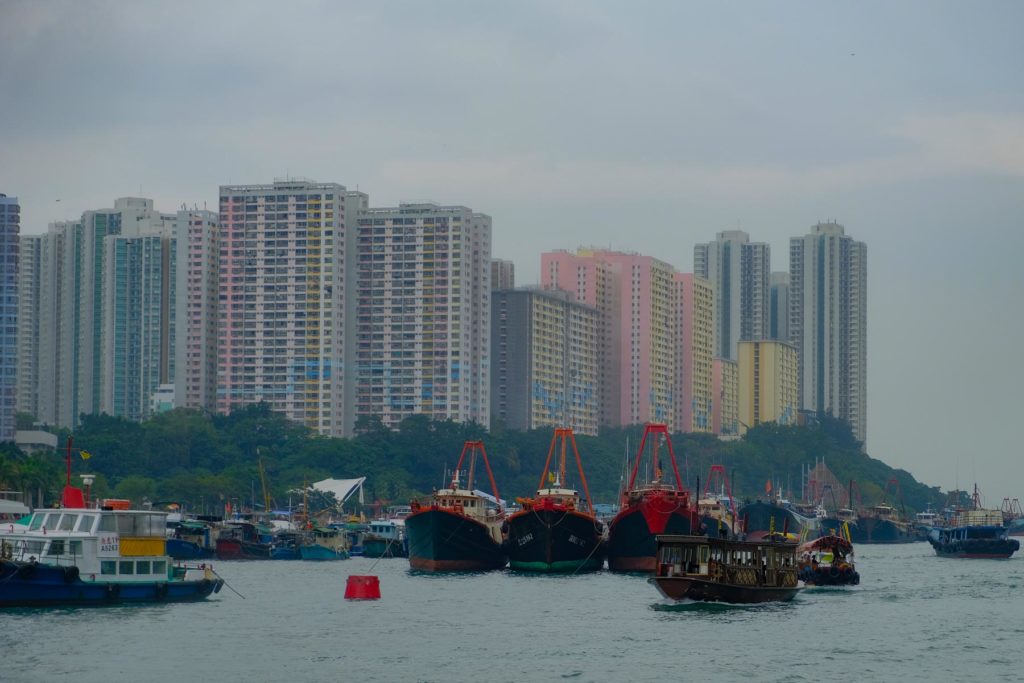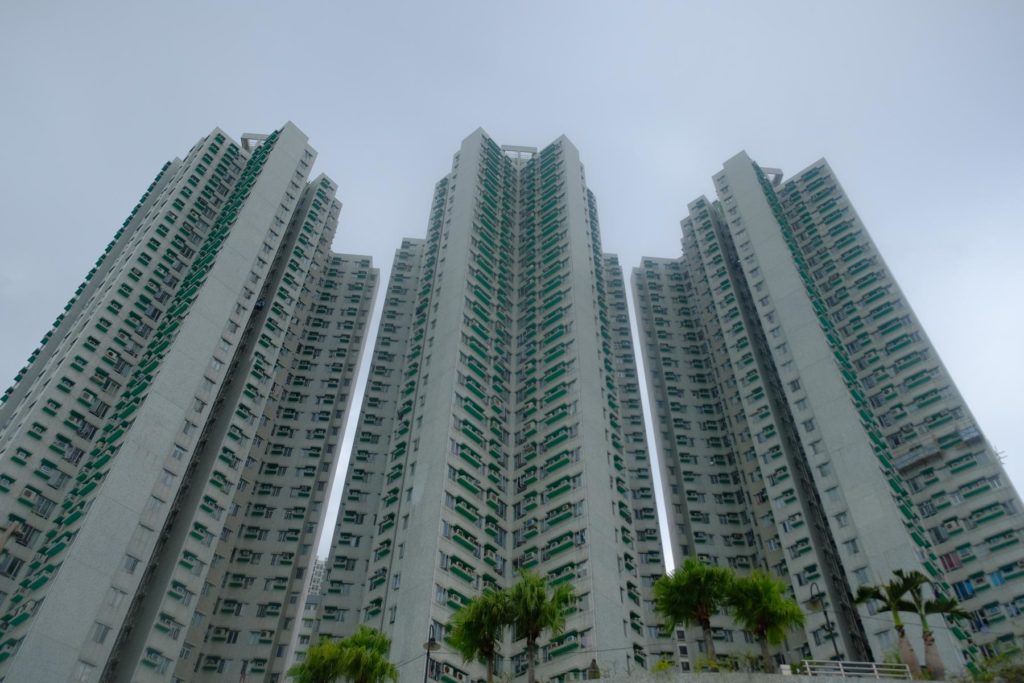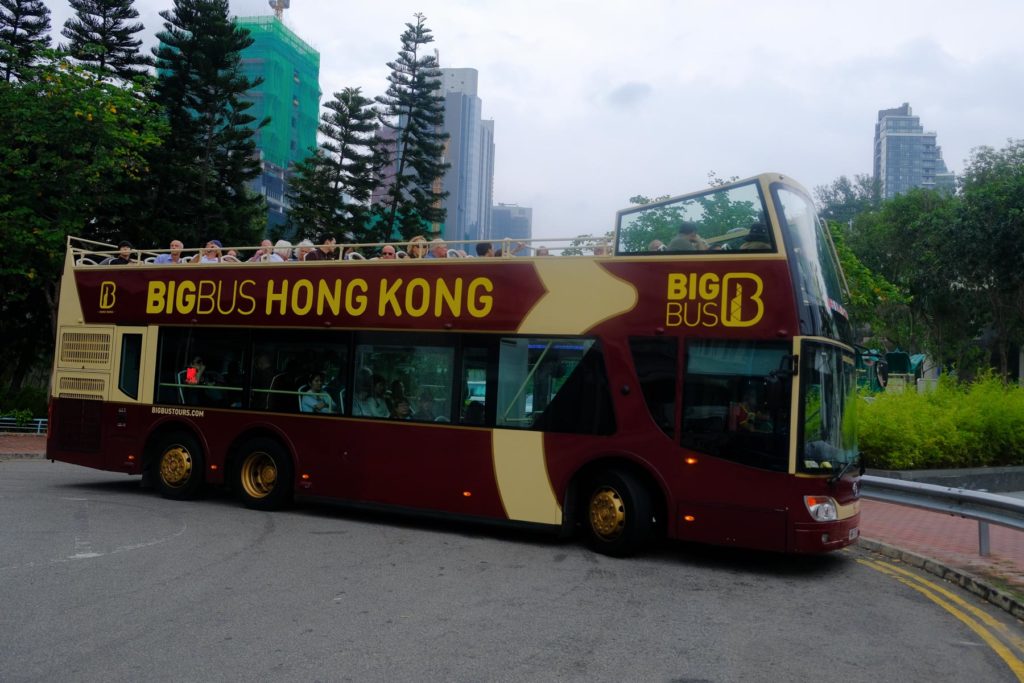What follows is largely a memory dump of what we’ve learned today. It’s heavy on history and politics. It may be inaccurate since I may have misunderstood what our guide said. It’s probably boring as all get out. Sorry about that!
We aren’t in Hong Kong anymore. Gone are the Rolex watch shops, towering steel-and-glass skyscrapers and a retail-oriented culture. What we’re seeing so far (and it’s early in our visit) is a Buddhist country with a third-world economy and a complex political environment. We’re going to have our work cut out for us to make sense of what we’re seeing and hearing.
First, we’re a group of eight travelers, two coupes and four singles, from across the U.S. All are experienced travelers and seem to be a good group to travel with if, that is, you can stand spending all day with a bunch of old 70 give or take year old fogies like us.
Our guide, Sandro, is a 38-year-old man who graduated from the university with a degree in mathematics but has spent his working career as a tour guide. He seems quite knowledgeable and personable, typical of most OAT guides we’ve had in the past His English is good although accented. Listening to him is like a Shakespearean play: it takes Act I to get an ear for the accent so you can understand what’s being said in Acts 2 and 3.
Sandro took us to the Kalaywa Tawya Monastery on the north side of Yangon (the Brits came up with Rangoon since they couldn’t get the hang of pronouncing Yangon). This monastery serves as a school for boys and girls. Many are from rural areas, some orphans, who live full time at the monastery and receive educational training while living as Buddhist novices. Boys receive both religious and secular training; girls receive only religious training. Novices can leave at any time but girls are at a disadvantage because they lack training to help them secure employment in the secular world.
Such monasteries serve roughly 400,000 students nationwide, a relatively small proportion of the total. Most attend government run public schools. Attendance is mandatory through Grade 4 but students can continue on through Grade 10. University placement depends heavily on secondary school achievement.
We had a chance to talk, through our guide as interpreter, with three middle school girls who were sitting in the courtyard under a tree during their noontime break. They were very hesitant to ask and answer questions, clearly unsure of this gaggle of old westerners. I showed them a picture of our four grandkids, which seemed to interest them, Sandro indicated that they have little TV exposure to the West so we were a complete mystery to them.
Sandro spoke at some length on the political situation in Myanmar and on the situation with the “Muslim Bangladeshis” or Rohingya Muslims of the Rankhine State in northeastern Myanmar, close to the border with Bangladesh. It’s been like drinking from a fire hose; Snadro is a rapid-fire talker who clearly feels strongly about his subject and who wants us to understand. What follows is my preliminary interpretation of what he said. I reserve the right to correct myself (or to receive your corrections) as we learn more.
First, politics. Myanmar’s history can be briefly summarized, perhaps glossing over too many details and nuances to be accurate, as follows:
- A series of kingdoms and dynasties
- Occupation and rule by the British after two wars of conquest in the 1800s
- Takeover by Japan during World War II
- Liberation by the Allies
- Independence, granted by Great Britain in 1948
- A period of weak socialist government
- Rule by the military after a coup in 1962
- A new constitution is implemented in 2008, elections held
- Aung San Suu Kyi’s party sweeps parliamentary elections
Today, the government is nominally led by Aung San Suu Kyi, the daughter of one of the original pro-independence leaders who was assassinated in 1947. She won the Nobel Peace Prize for her work to unify Myanmar. Sandro refers to her as “The Lady” and speaks of “The Lady’s Party.” The catch is that the military controls 25% of the seats in Parliament and has control of the Interior and Defense ministries.
The political situation is further complicated, Sandro says, by two factors. First, many Army officers have left the military and are now civilian heads of many of the major administrative functions in the government. They retain loyalty to the military, as might be expected. Second, The Lady has placed in key cabinet positions members of the resistance, her comrades, many of whom have spent 10 years or more in prison. These individuals lack training and experience in government and hence are ineffective.
Sandro, much to my surprise, started the discussion of the Rohingya Muslims by saying, “I want you to understand the other side of this story. I believe you have heard one side as presented by Western media but you need to understand what has led to this situation.”
His argument, as I understand it, can be briefly summarized as follows:
- Historically, Rohingya Muslims illegally moved from poverty stricken Bangladesh across the river to the Rankhine state of northwestern Myanmar.
- The Rohingya Muslims have never become part of Myanmar culture nor have they become citizens of Myanmar.
- There has been tension and conflict between the Rohingya Muslims and the military for a number of years
- Rohingya Muslim extremist attacked and beheaded a number of Myanmar’s border guards in 2015. This led to expulsion of 400,000 Rohingya Muslims who now exist in refugee camps in Bangladesh.
I asked Sandro if he thought the Rohingya Muslims would ever be permitted to return to Myanmar. “Never,” was his answer.
This is a subject I’m sure we’ll continue to discuss over the course of the trip.
One other interesting fact: Myanmar’s government/army has fought a civil war ever since independence was achieved in 1948. About 68% of Myanmar’s population are members of the Burman ethnic group. The rest of the population is divided between a dozen or so other ethnic groups with whom the civil war is being fought.
Sandro has noted a marked decline in the number of tourists visiting Burma. Let’s see, the Ronhinga Muslim situation and civil war? I wonder why.
Lunch was at a Chinese restaurant. The food was served on a rotating table, Chinese style. It turns out the Chinese and also some Muslims are quite entrepreneurial and own and operate many restaurants in Yangon.
We were free until 4 PM (nap and typing) and then headed out to the Shwedagon Pagoda, a huge complex of stupas most covered with gold. The story is that two traveling merchants obtained eight hairs from the head of the fourth (our “present”) Buddha. These hairs, along with relics said to have come from the previous three Buddhas were enshrined in the stupa where they remain today. The complex has been enlarged and expanded over the years and today the Pagoda is the most sacred site in Myanmar.
Myanmar practices mostly Teravada, which Sando says keeps closer to the original teachings of the Buddha than does Mahayana that is practiced in Bhutan and Nepal (and India). Like Mahayana, Teravada incorporates some of the concepts of Hinduism, particularly the use of deities and spirits. One interesting difference is that Teravada Buddhism does not use prayer wheels, which are a big part of Mahayana Buddhism. The Shwedagon Pagoda is supported entirely by contributions, not by government support.
That’s it for tonight. Judy and I have to get some sleep tonight to recover from our late night (2 AM arrival) that we experienced last night

